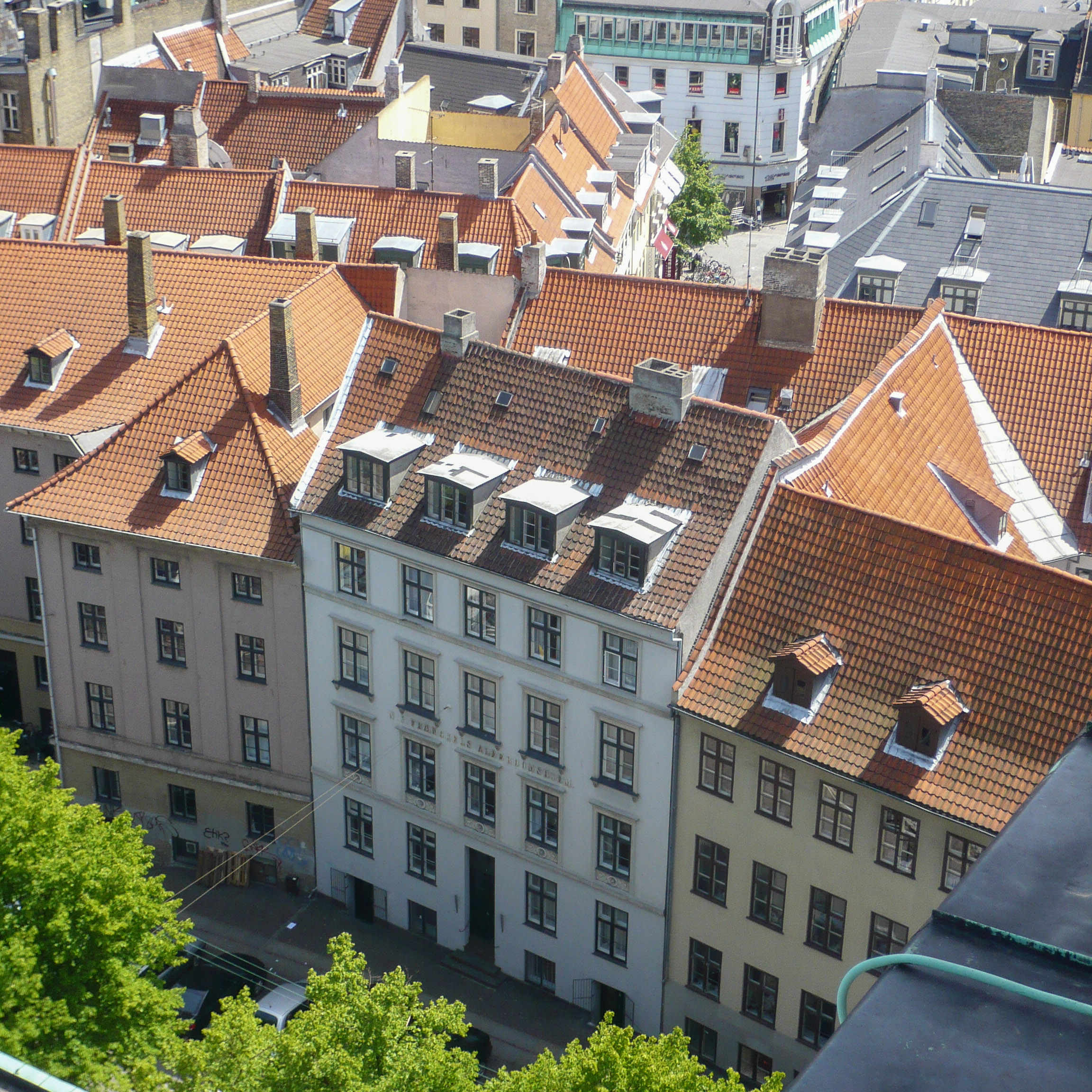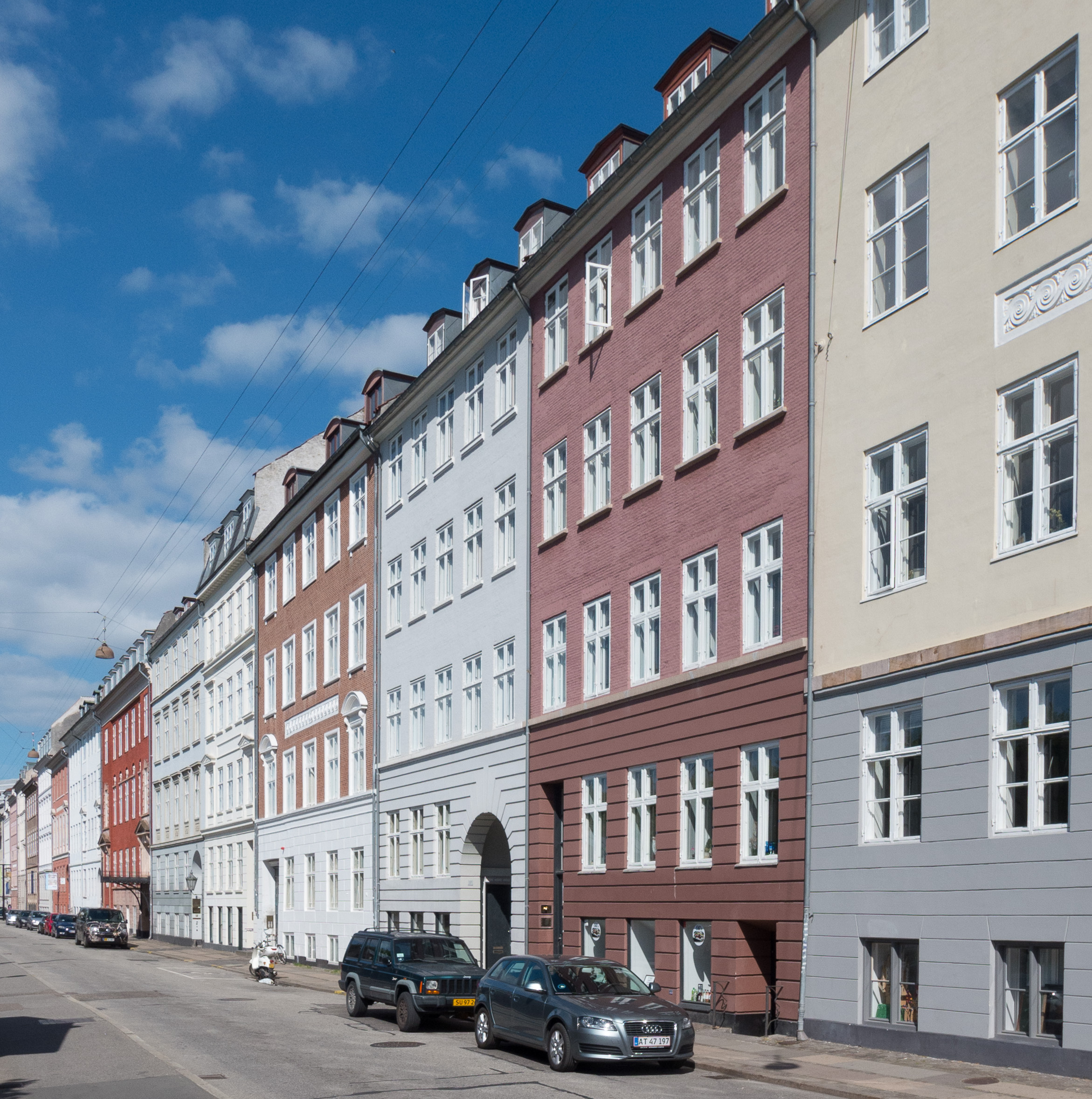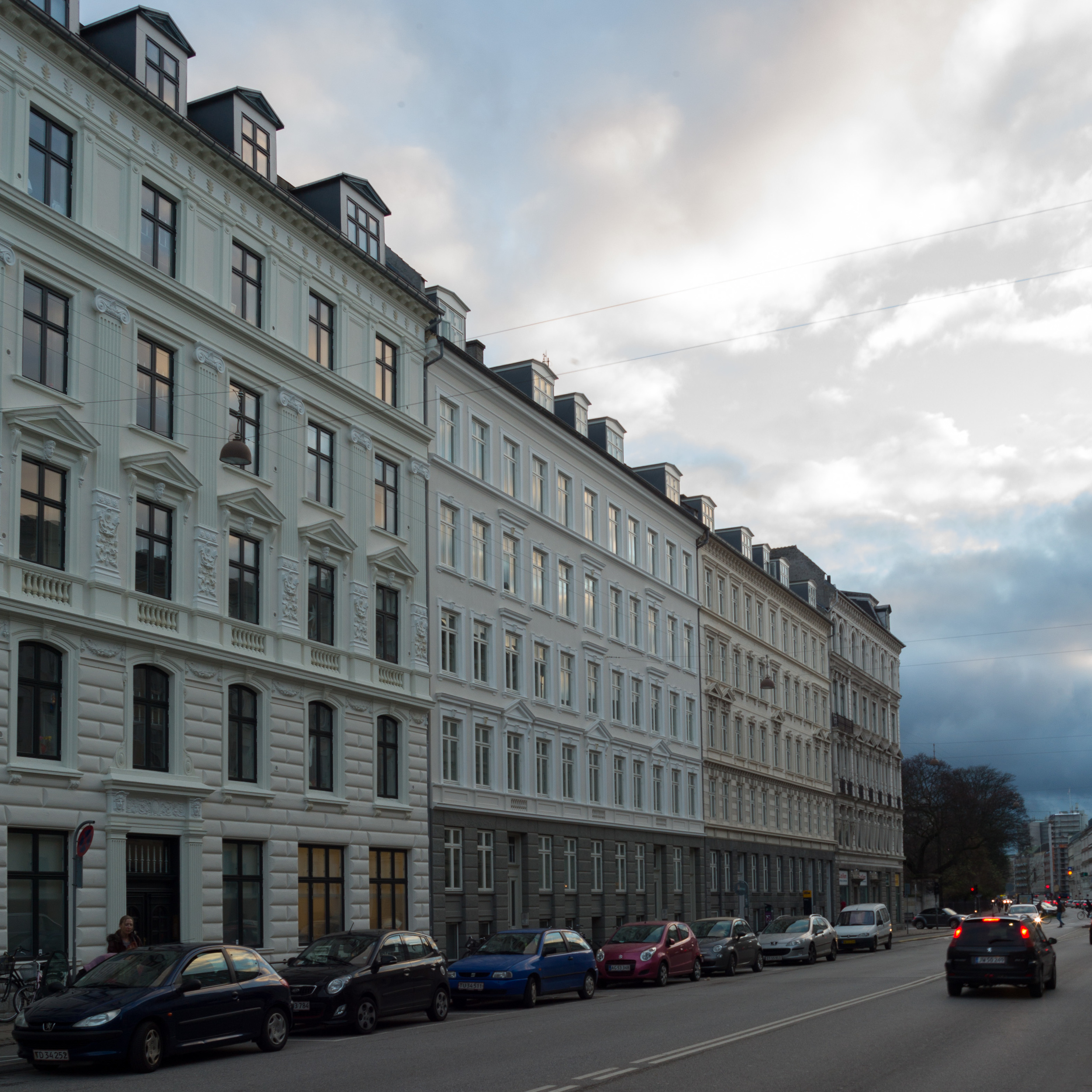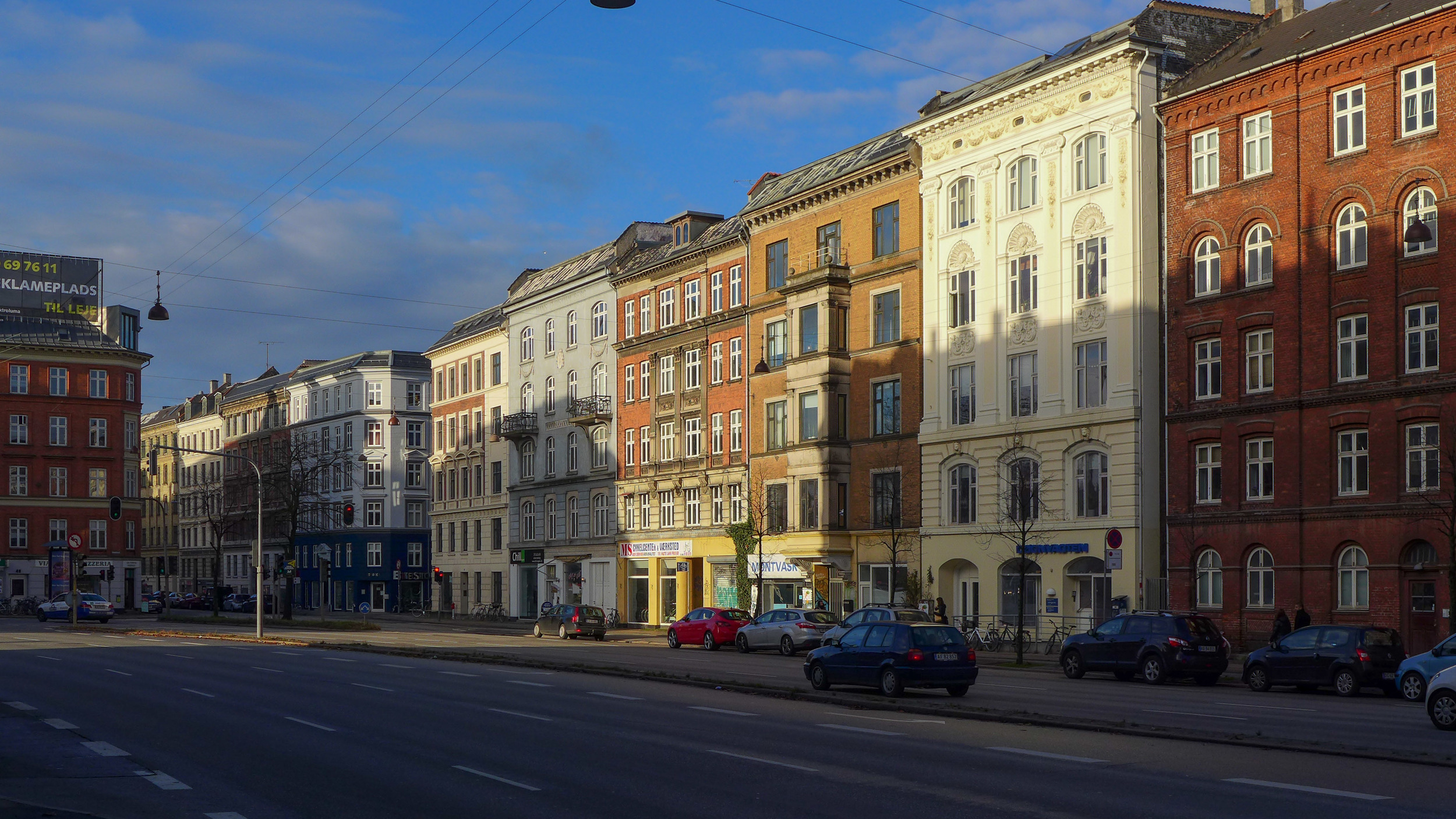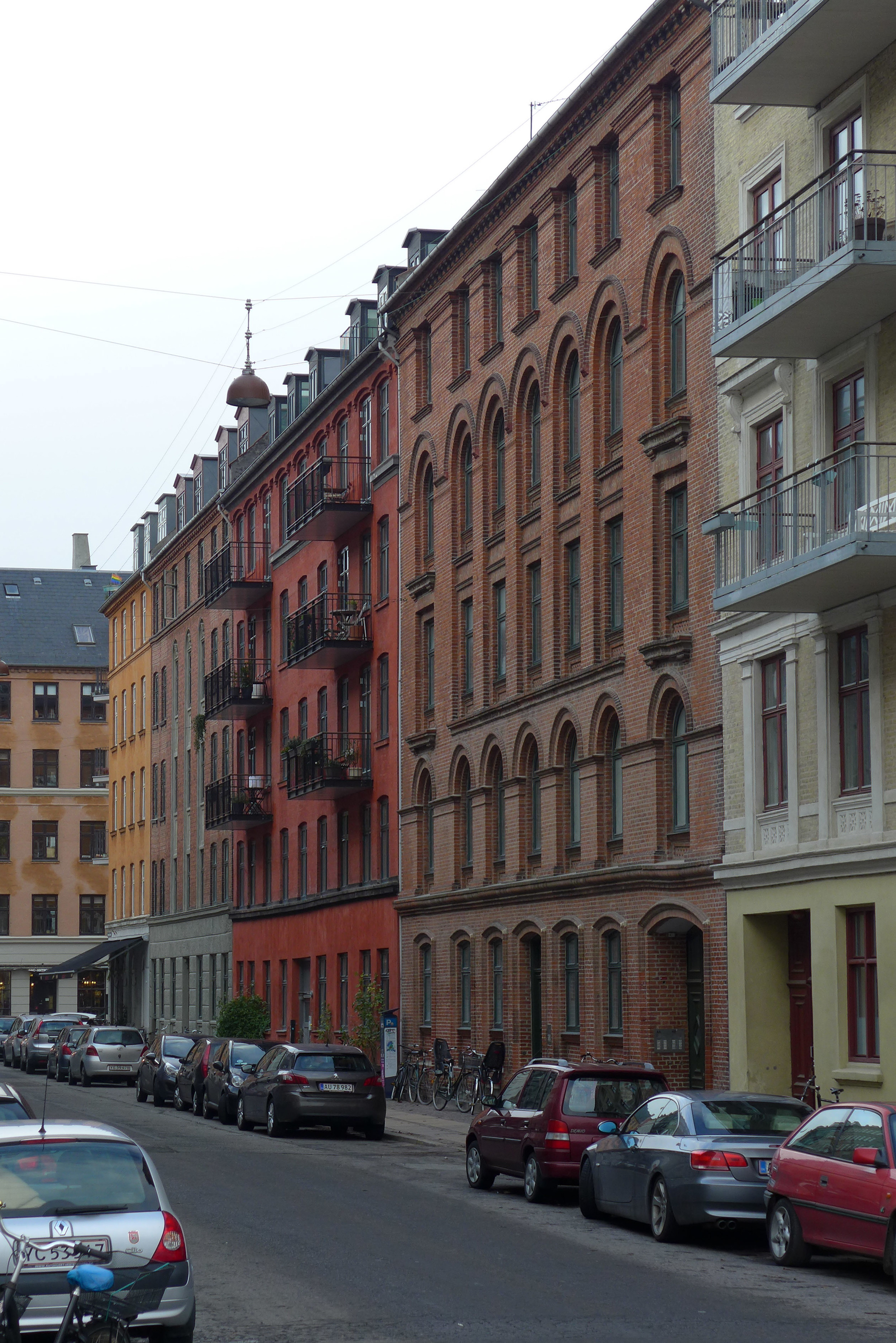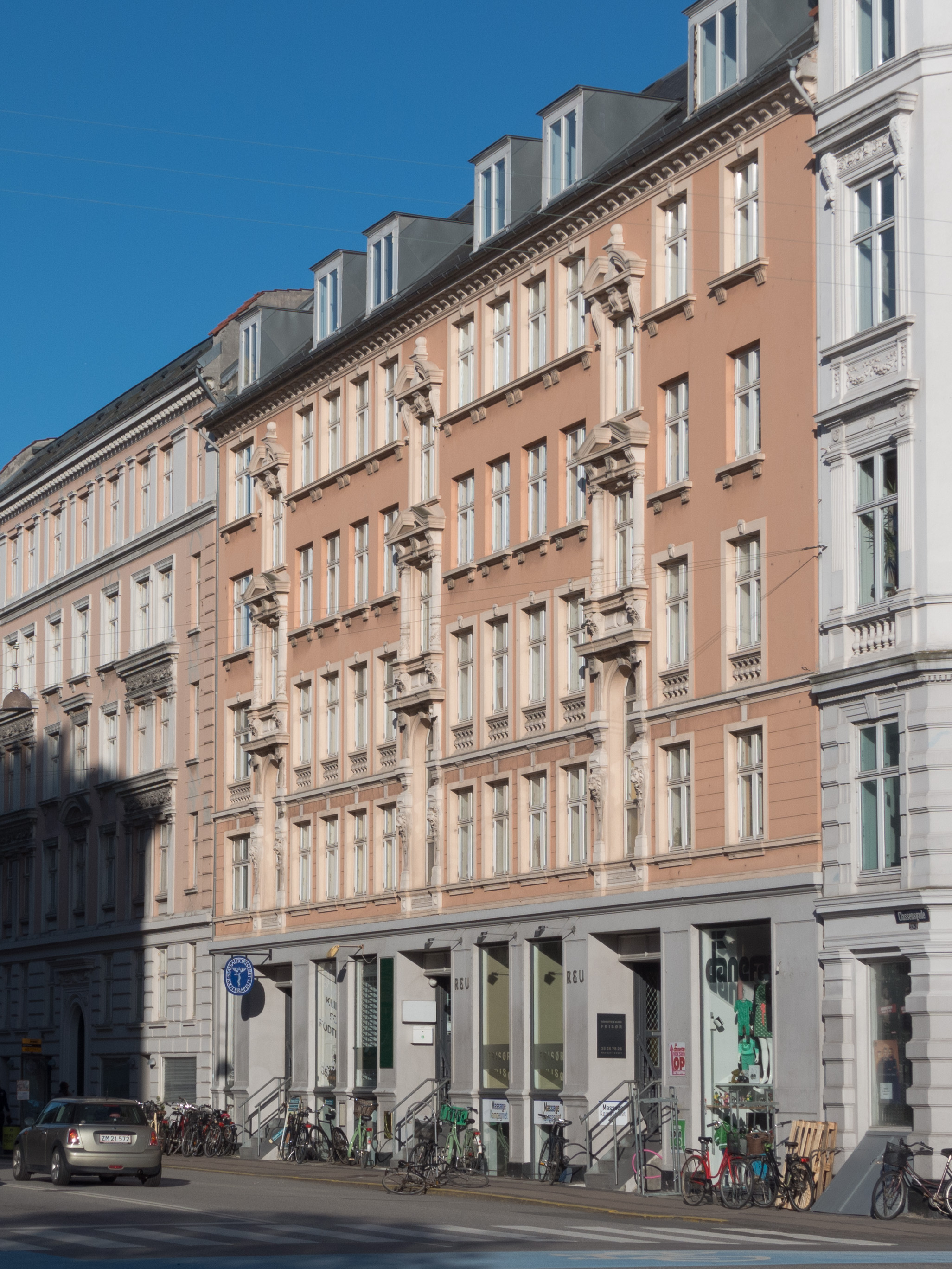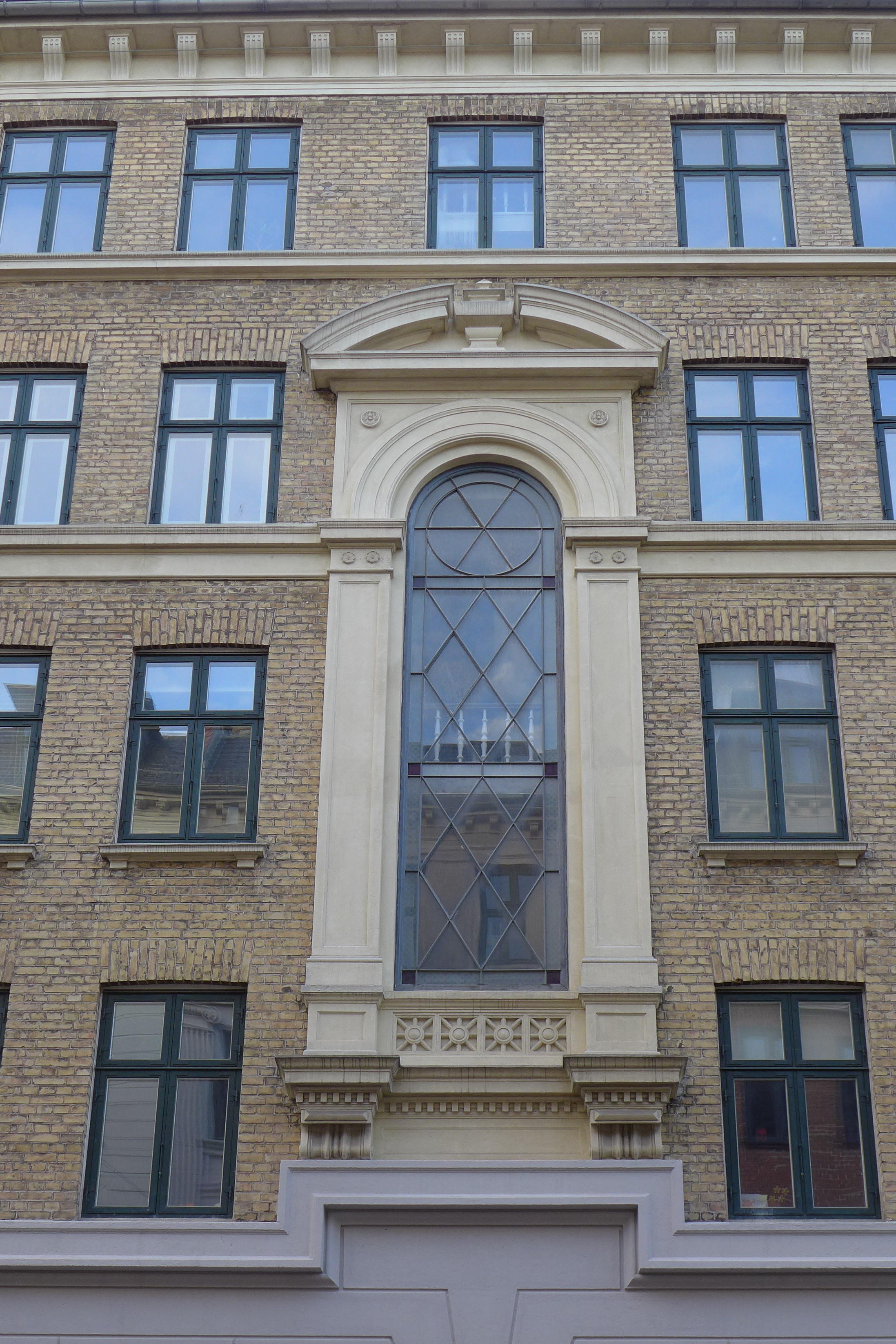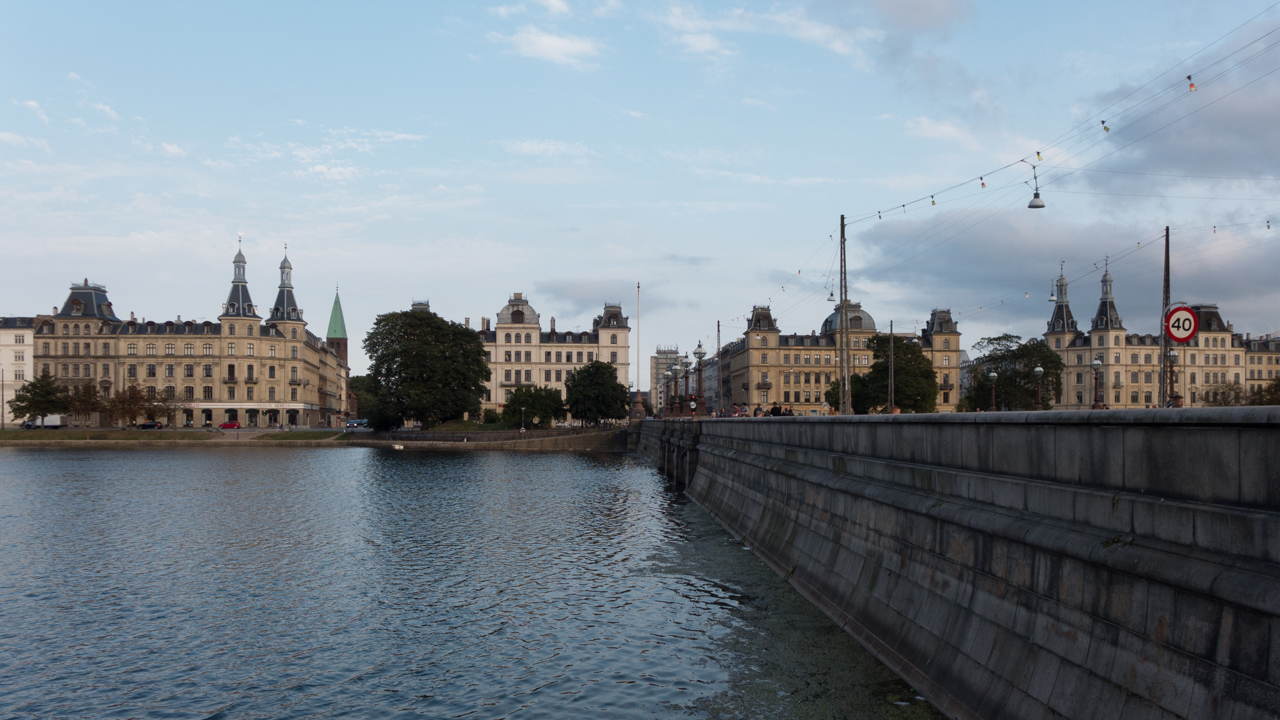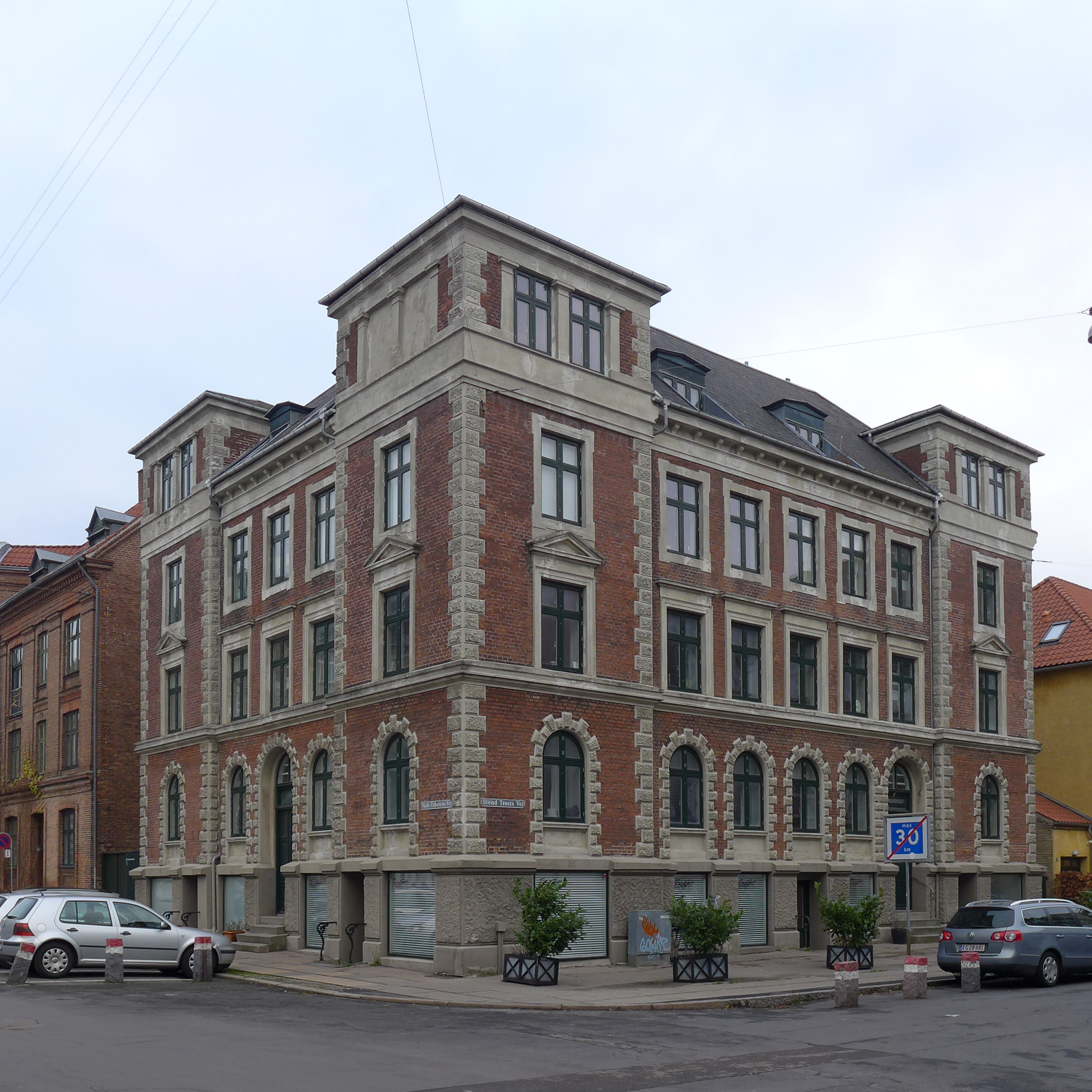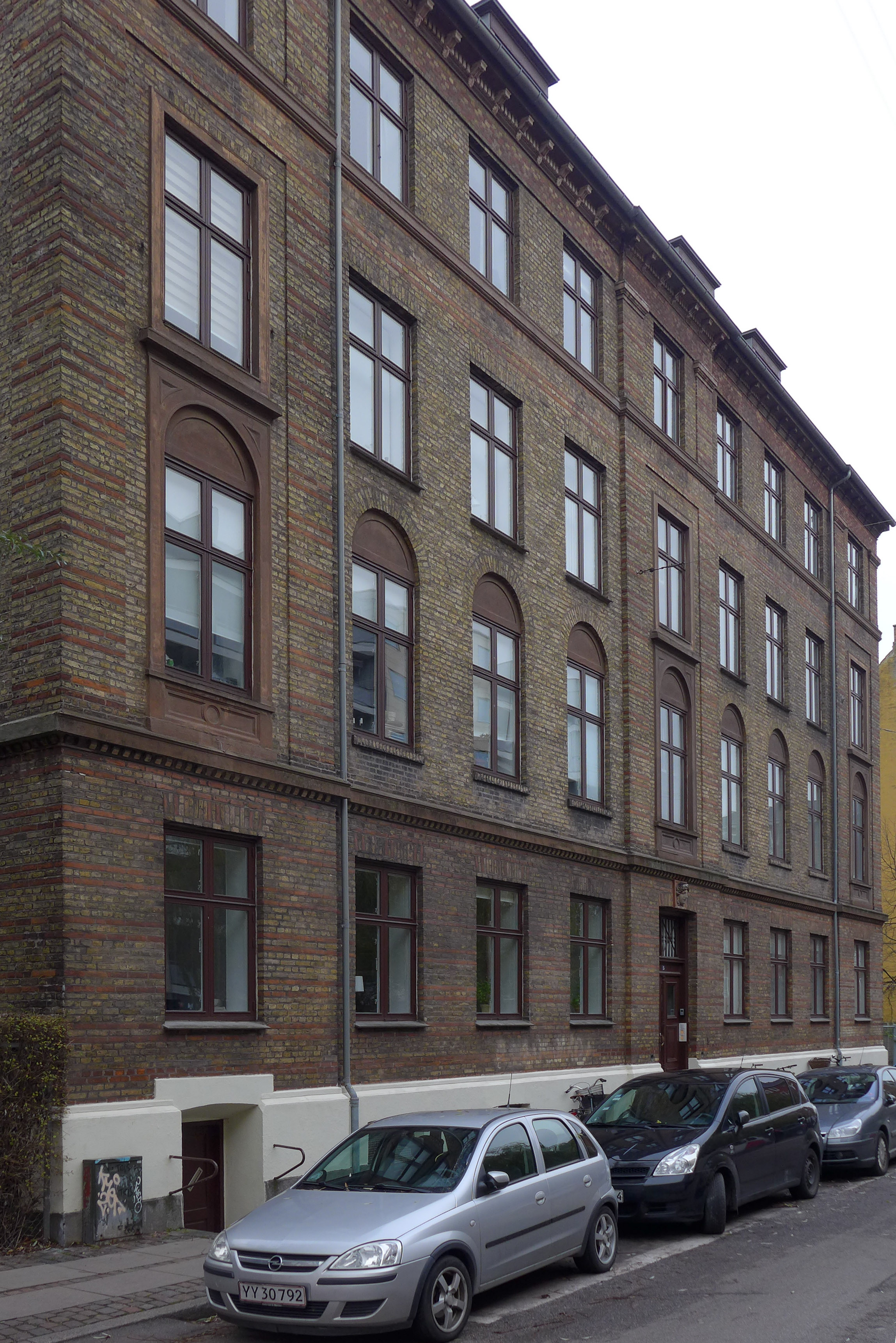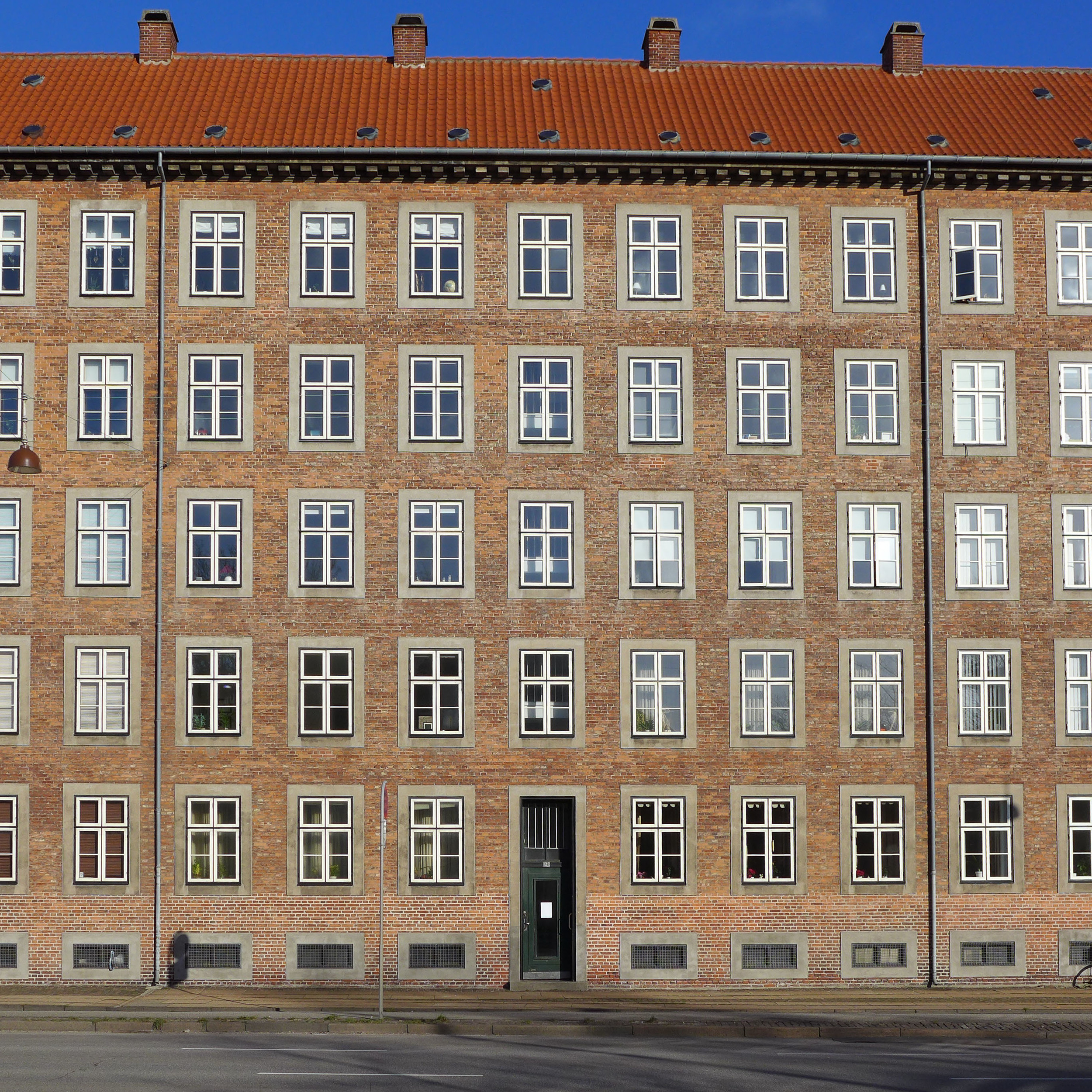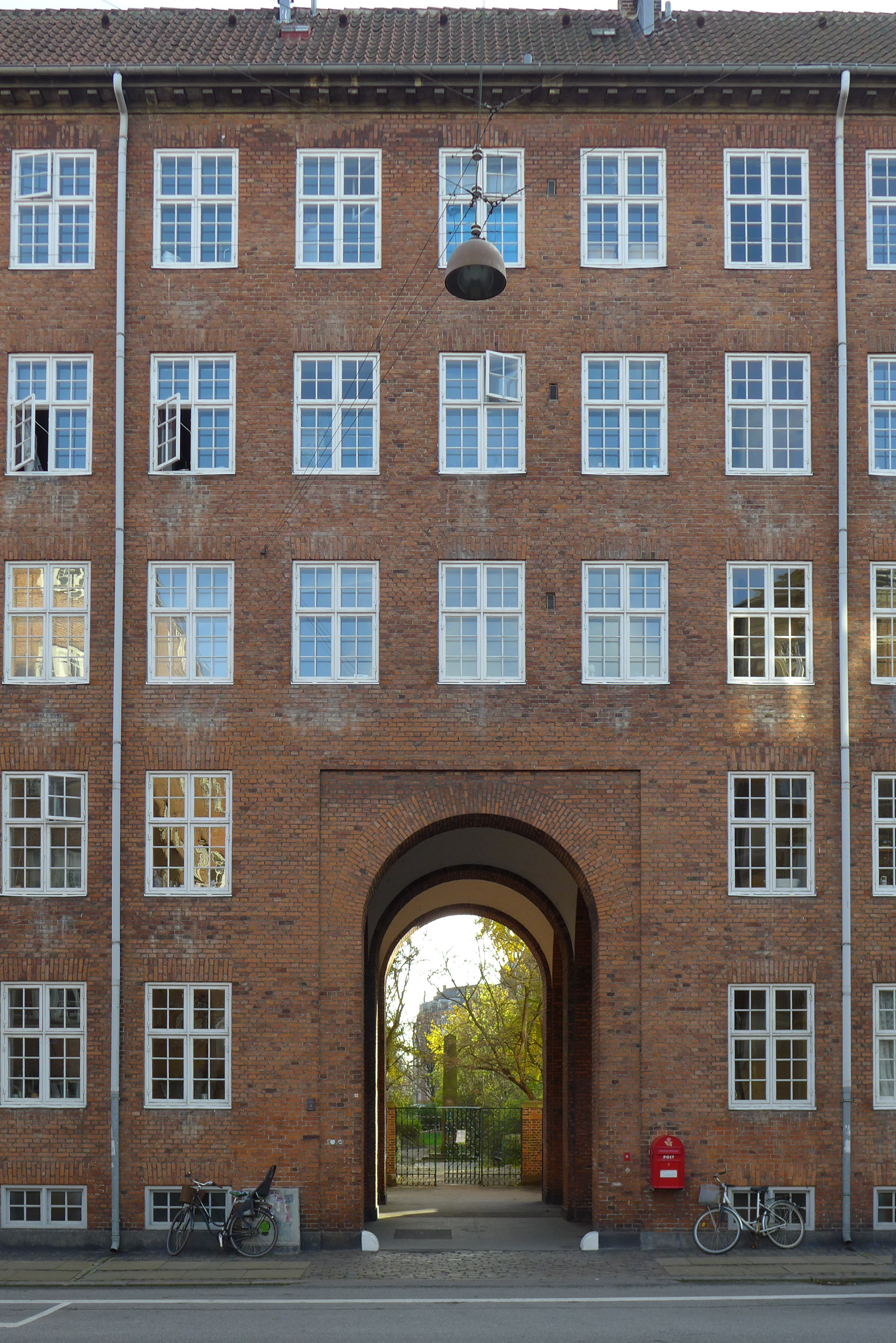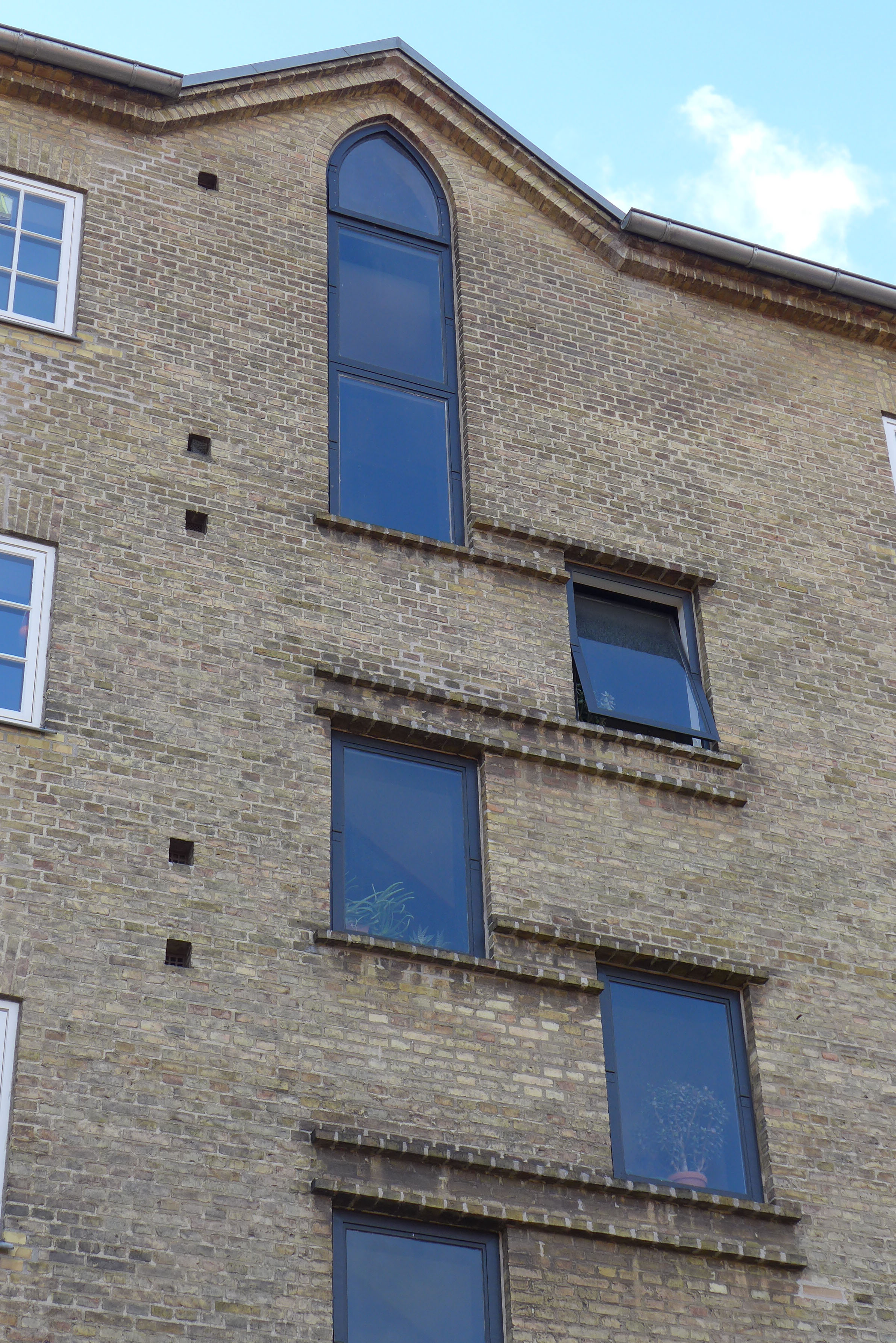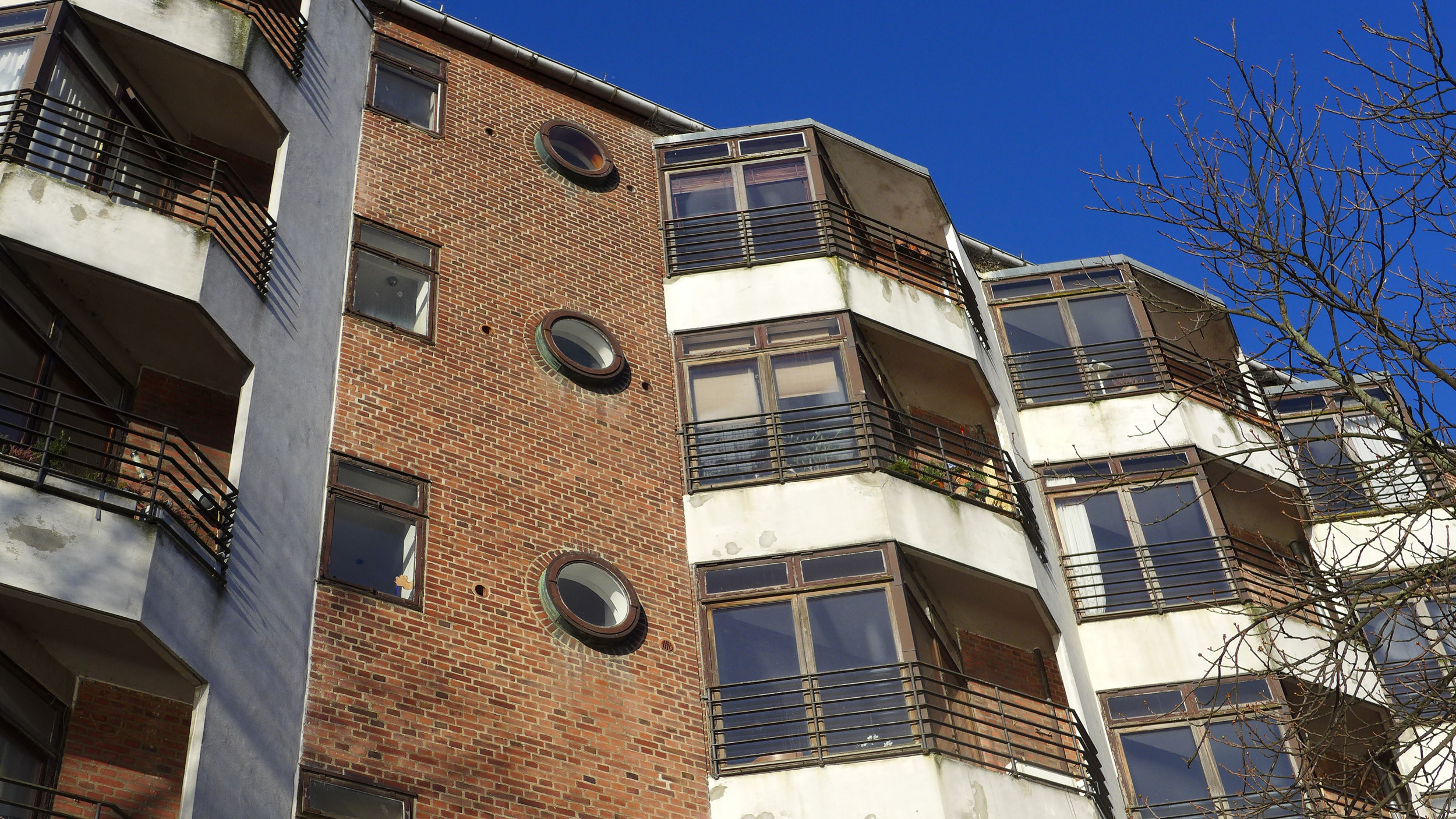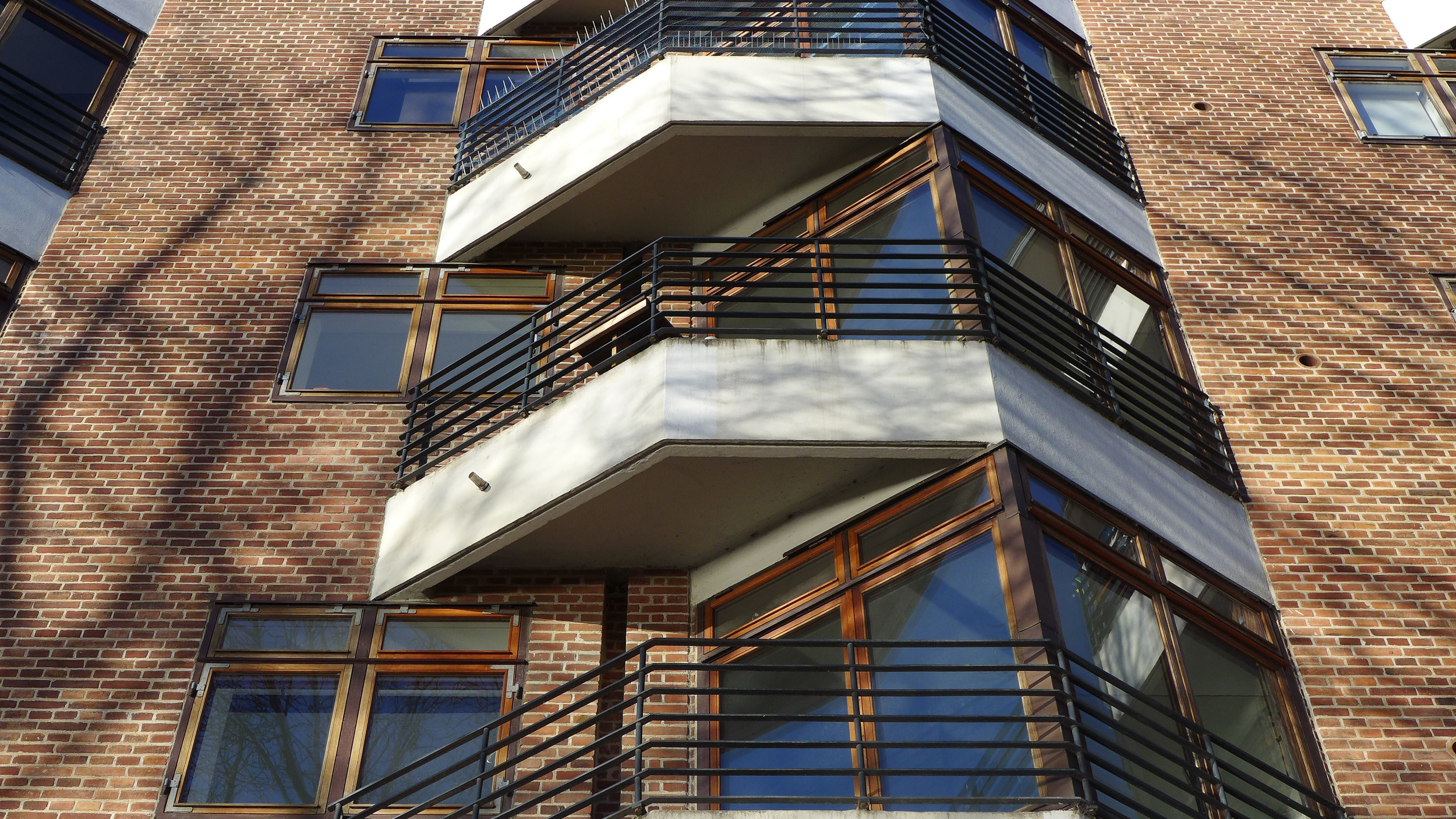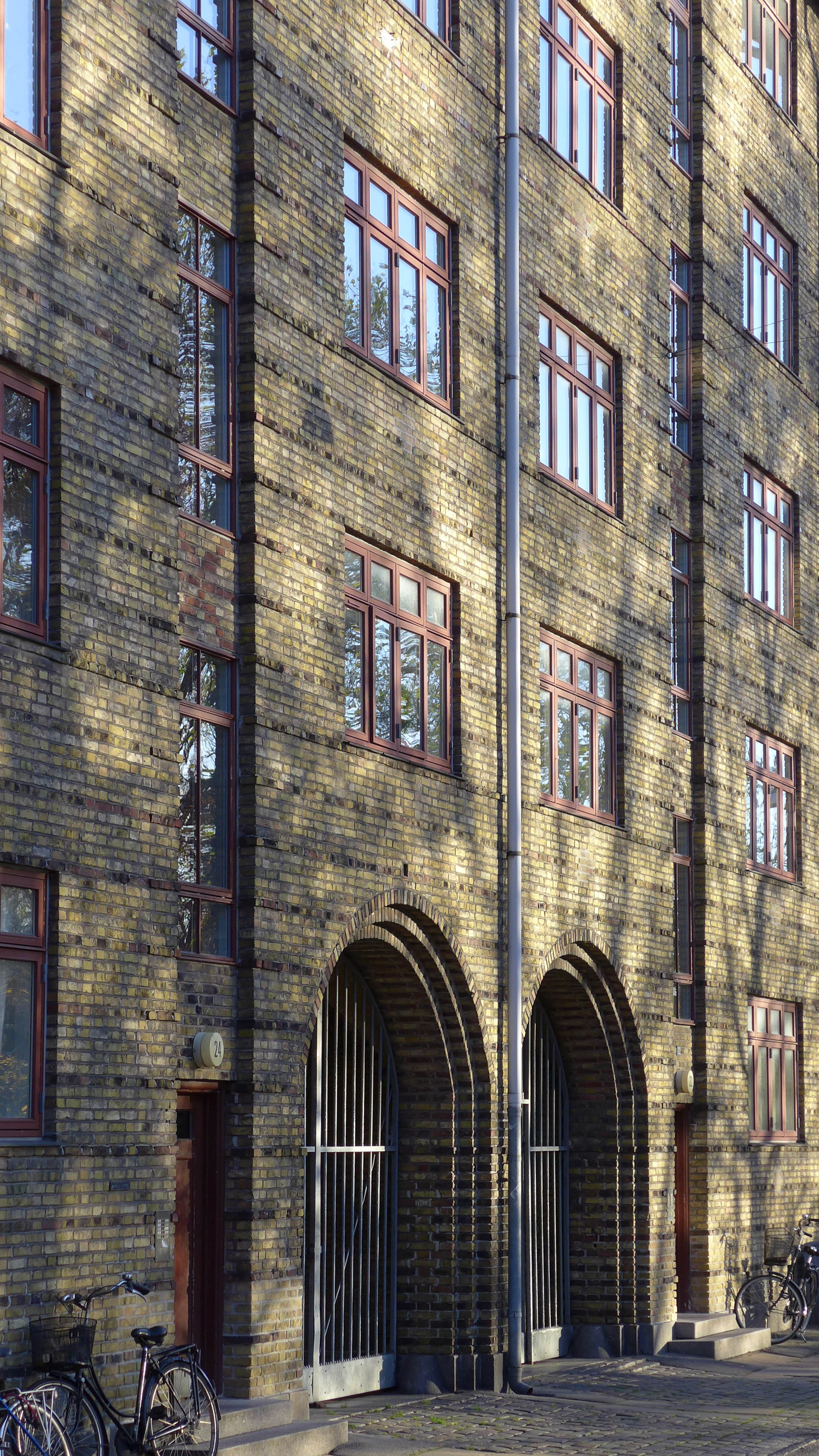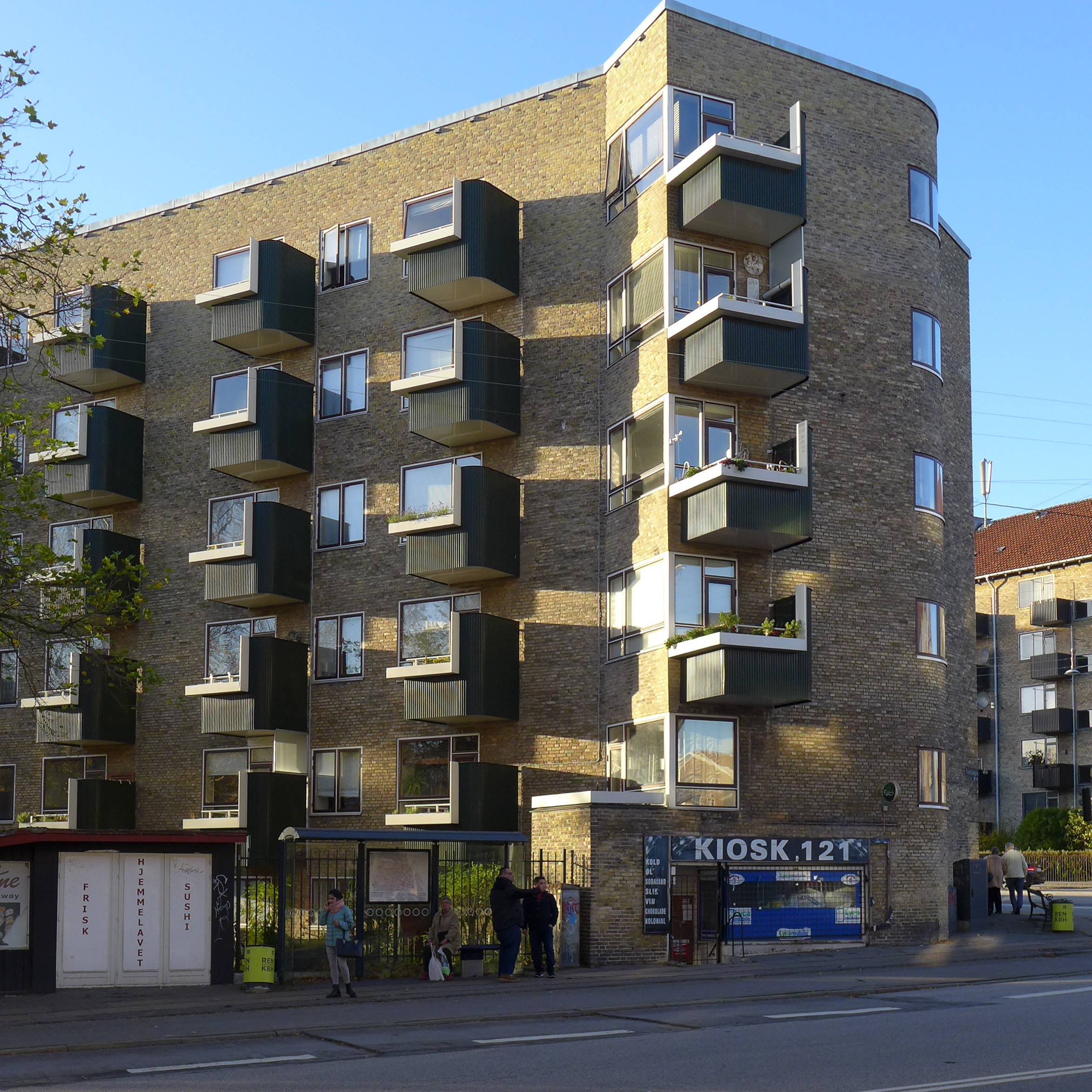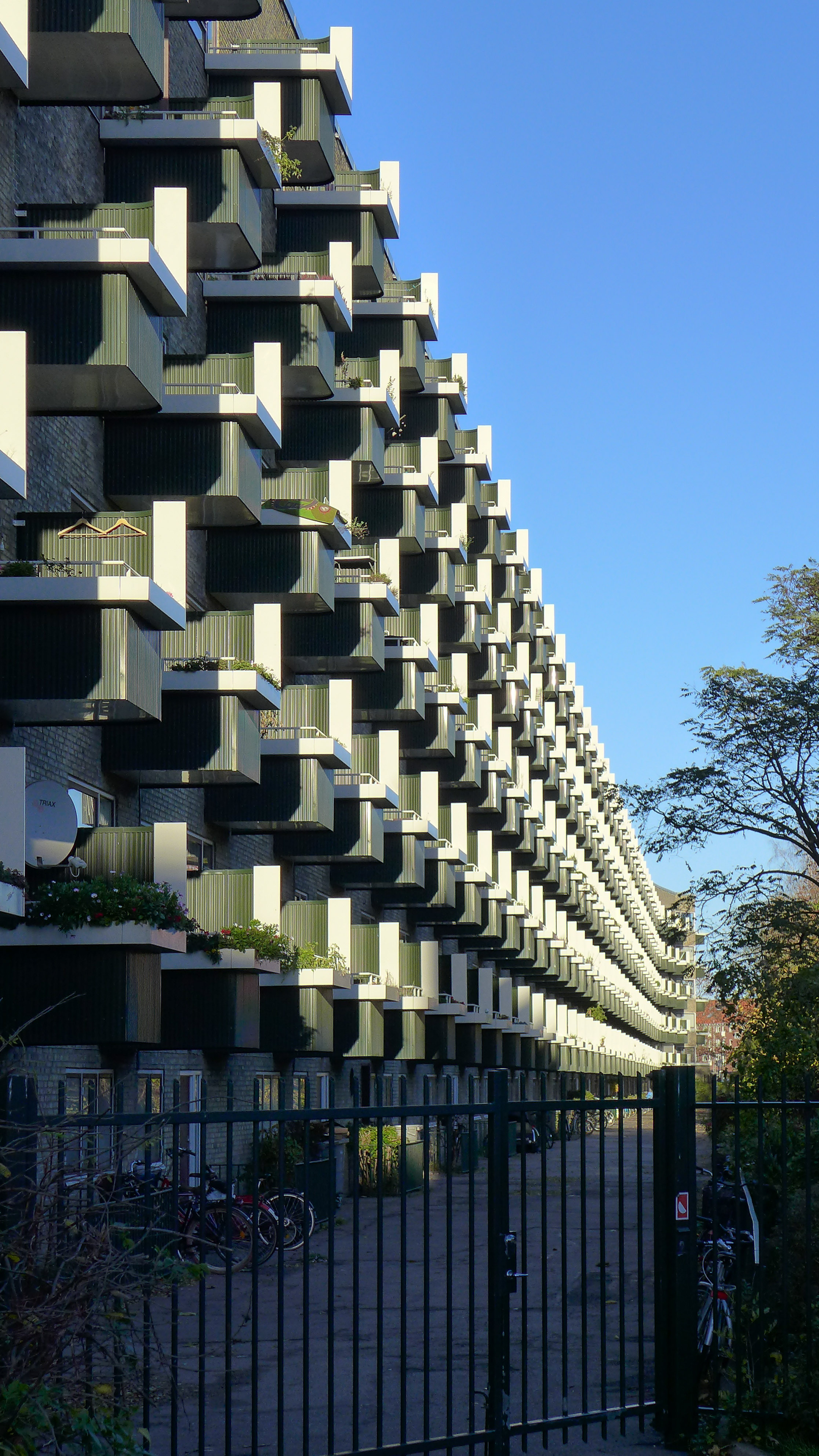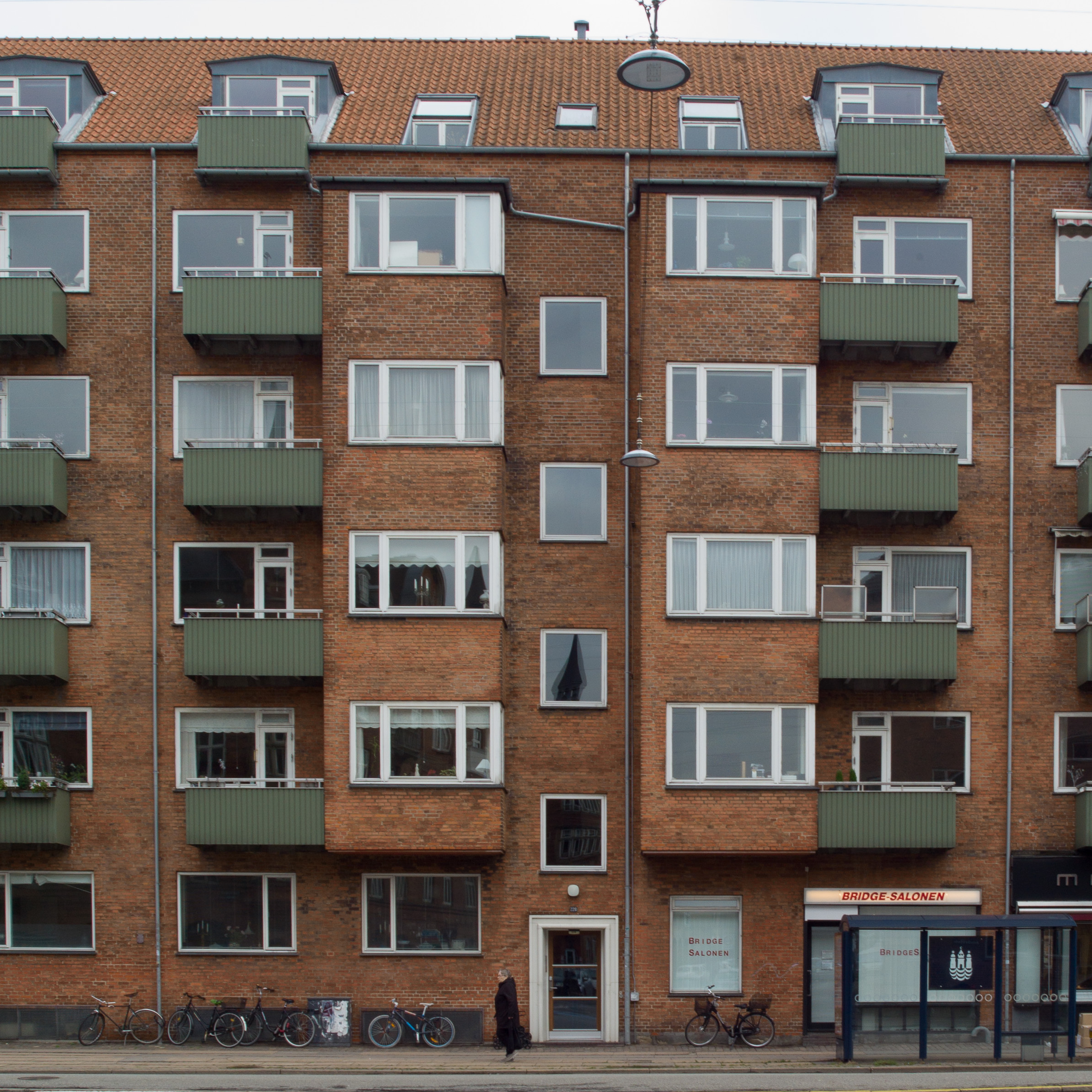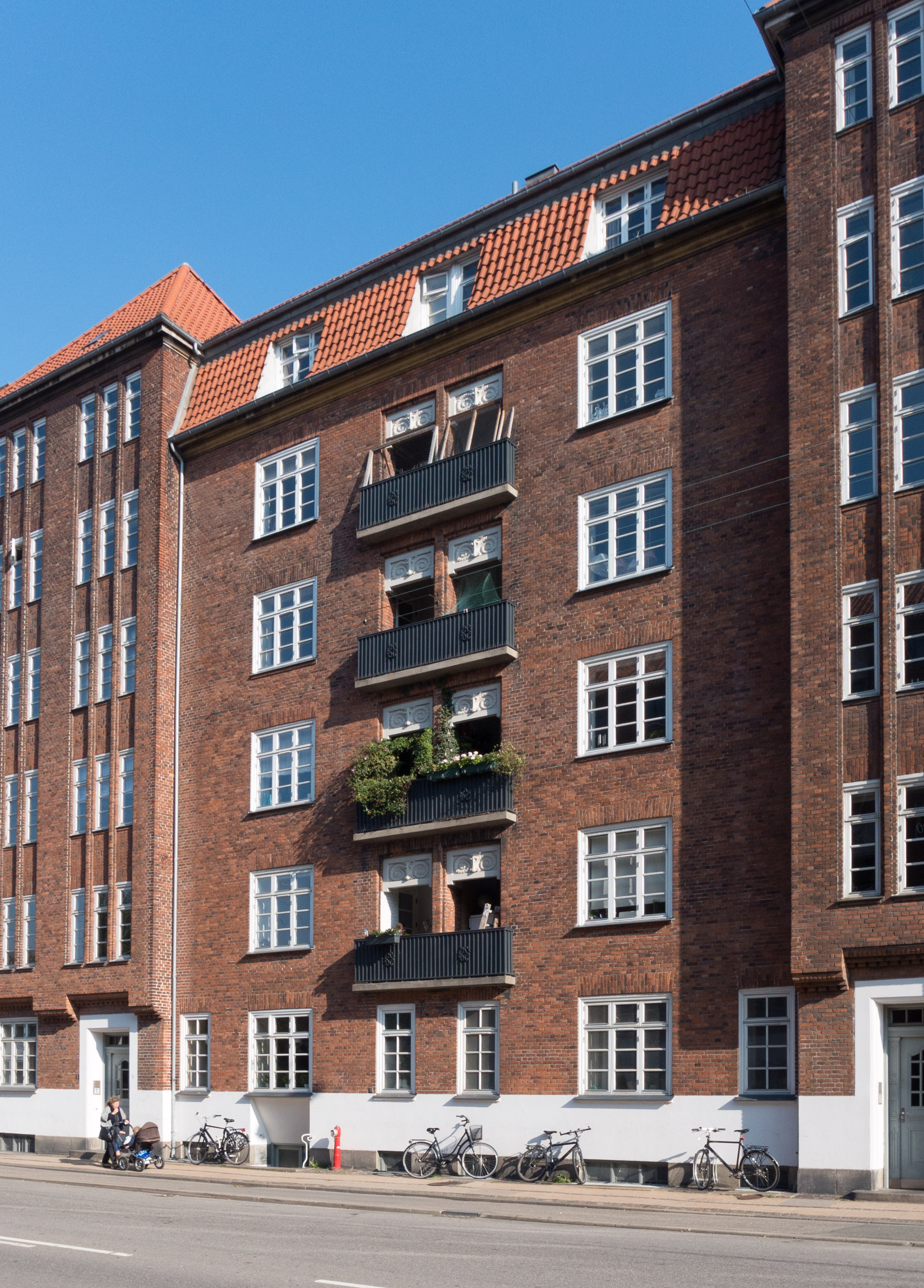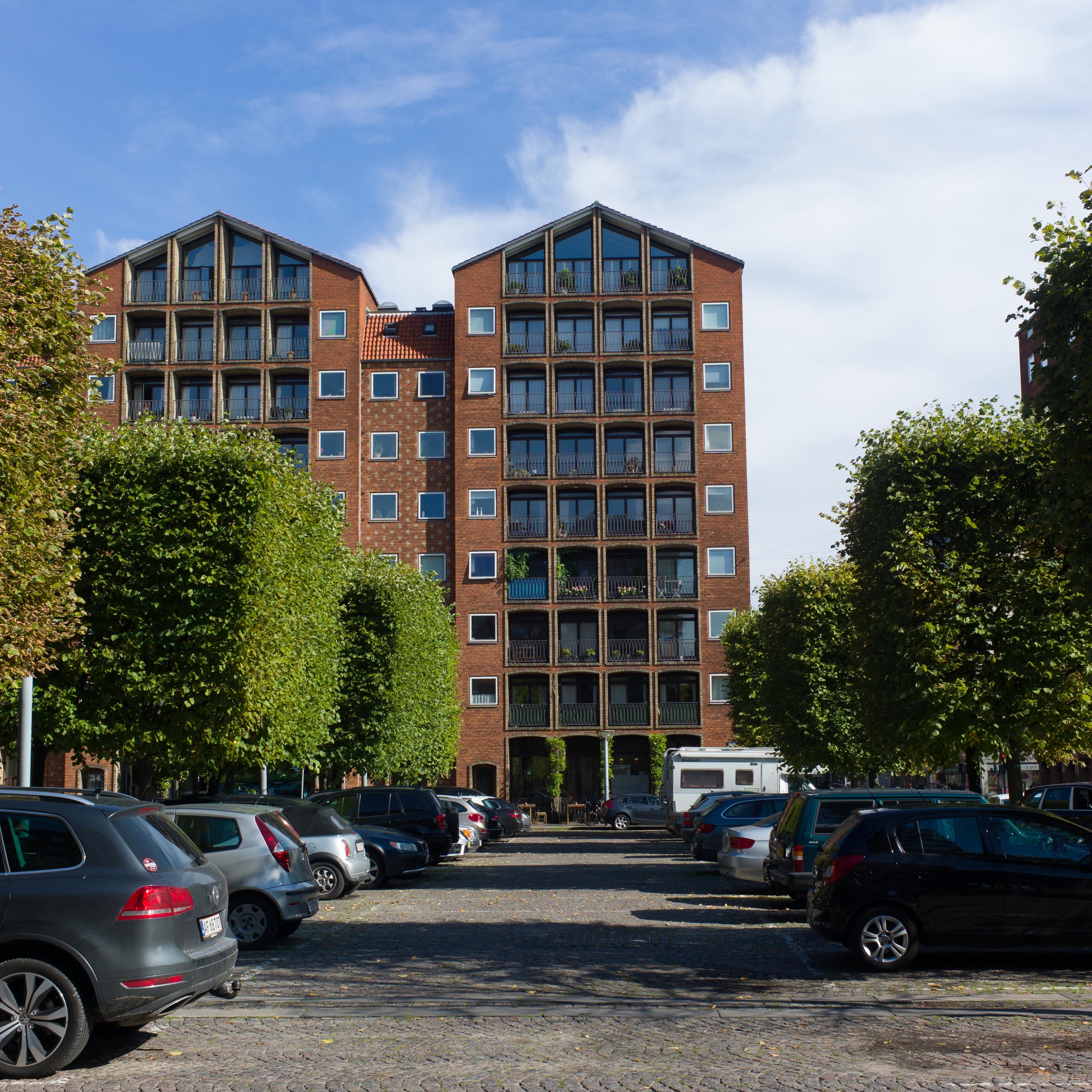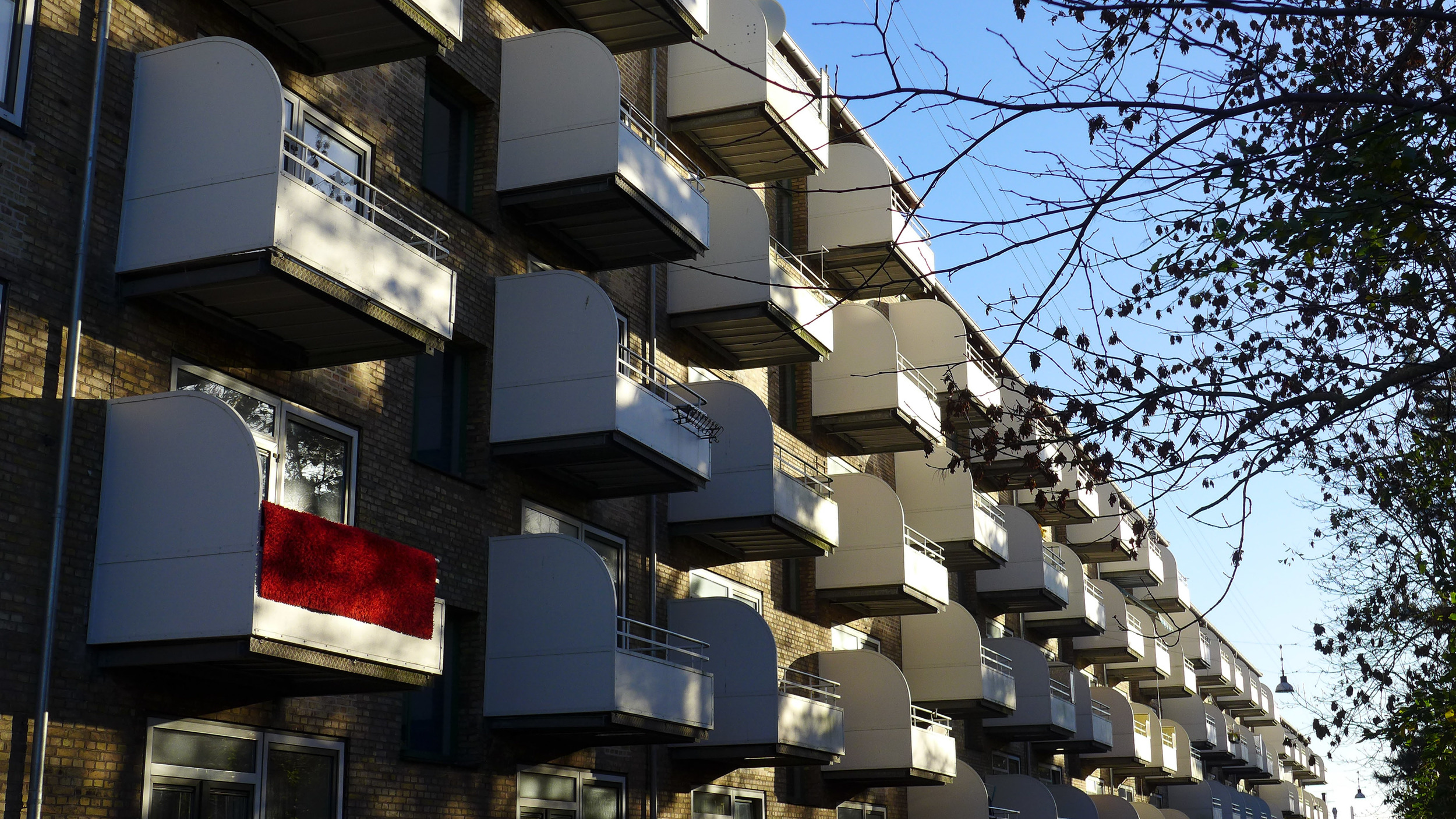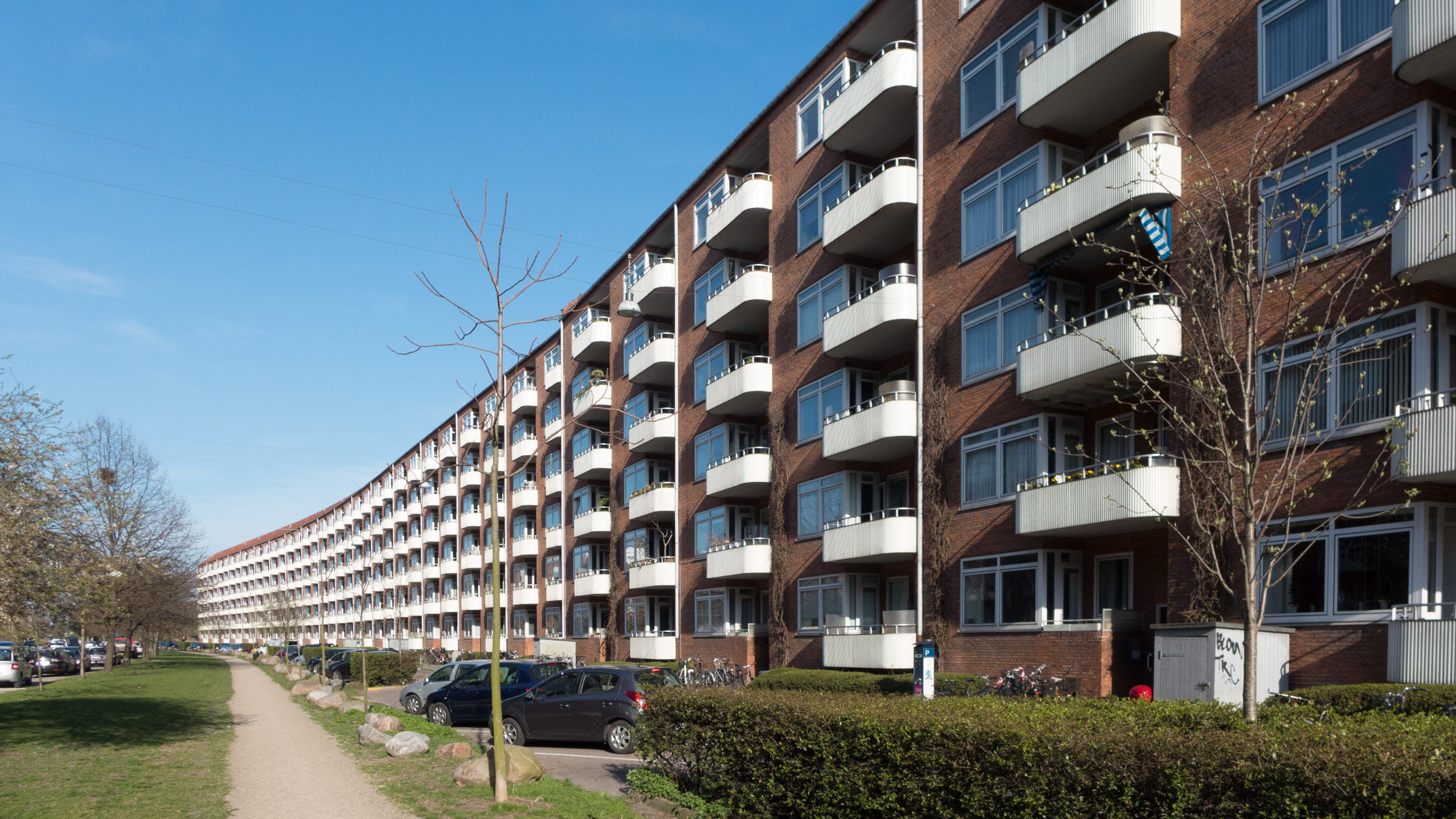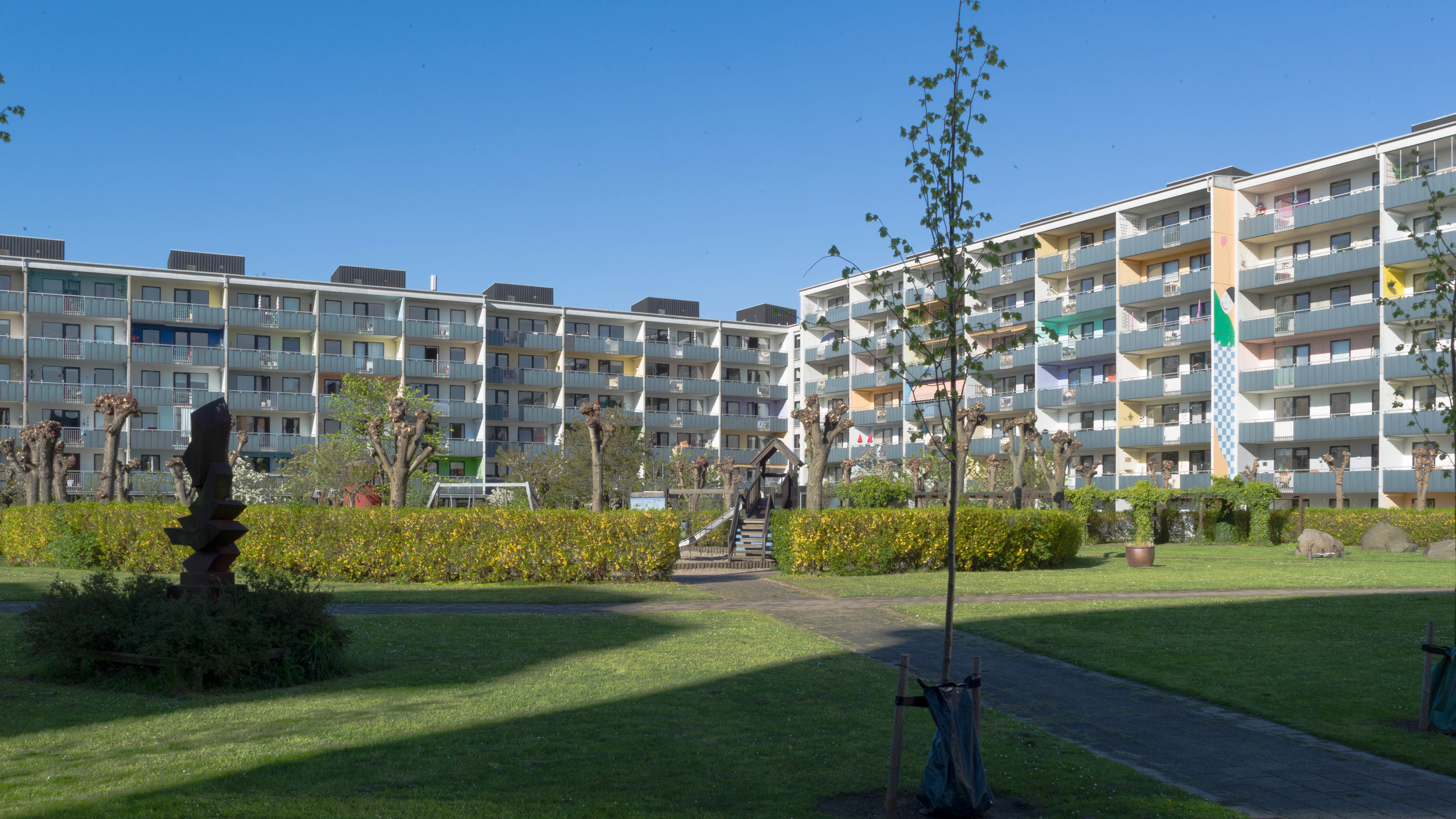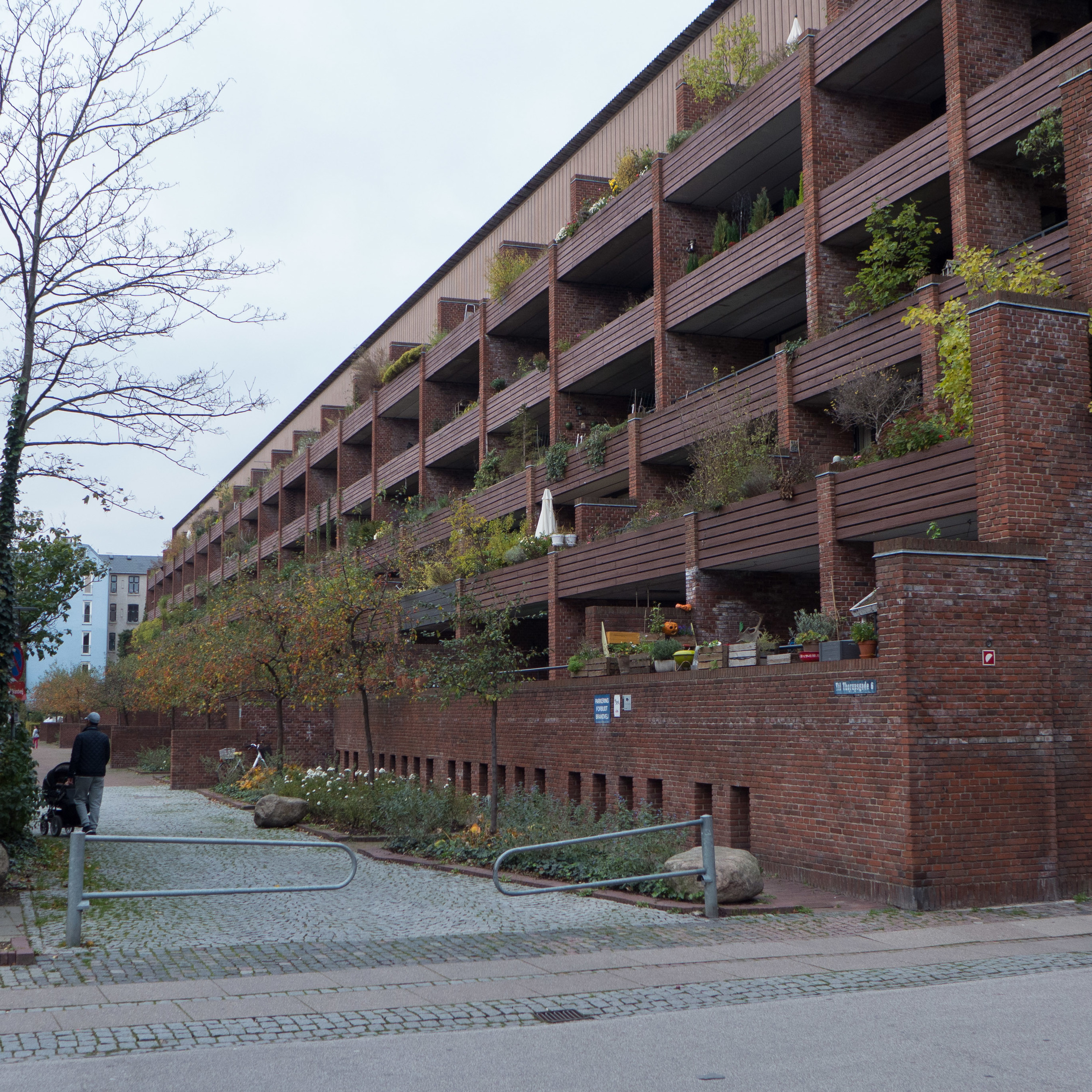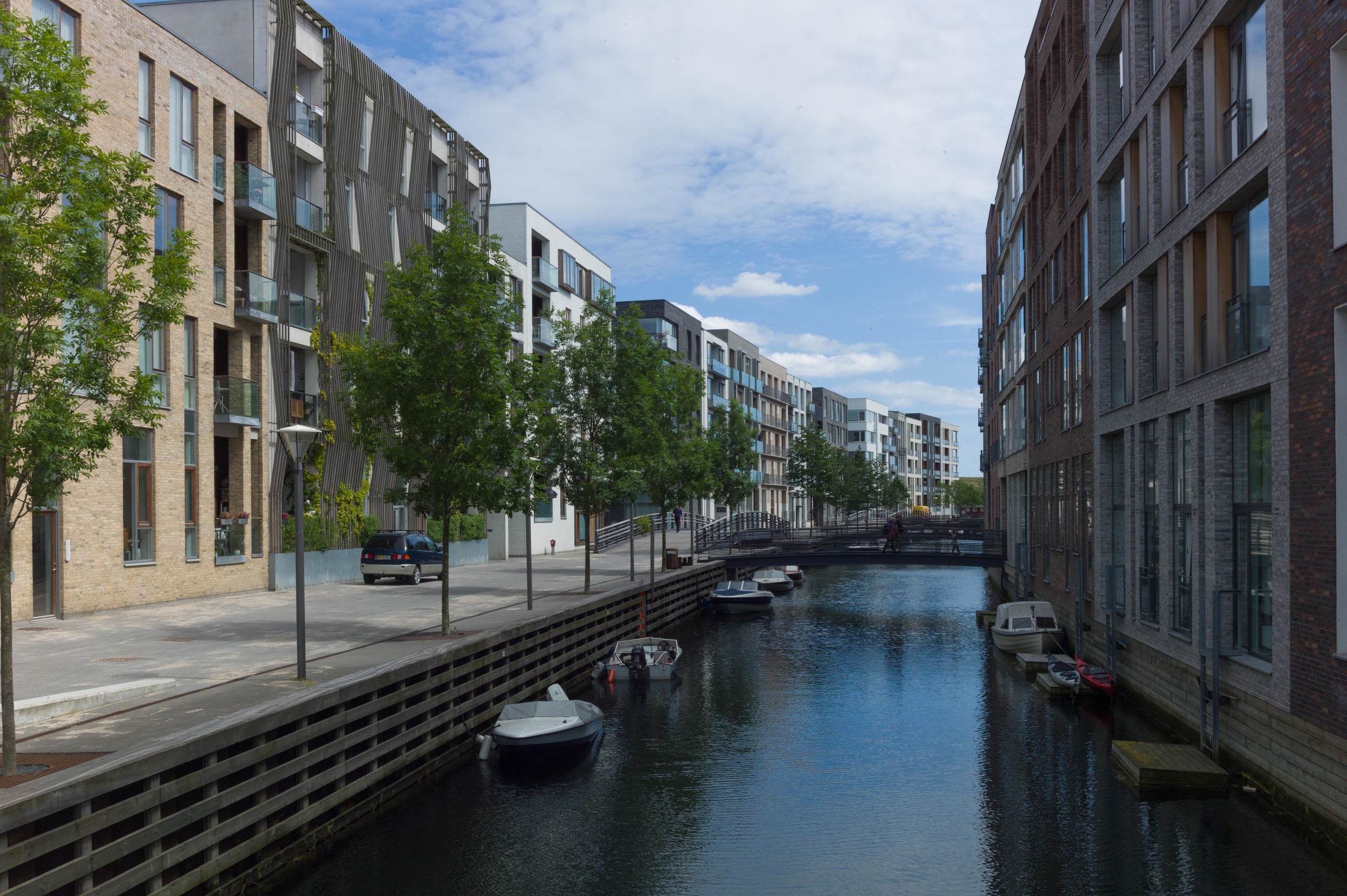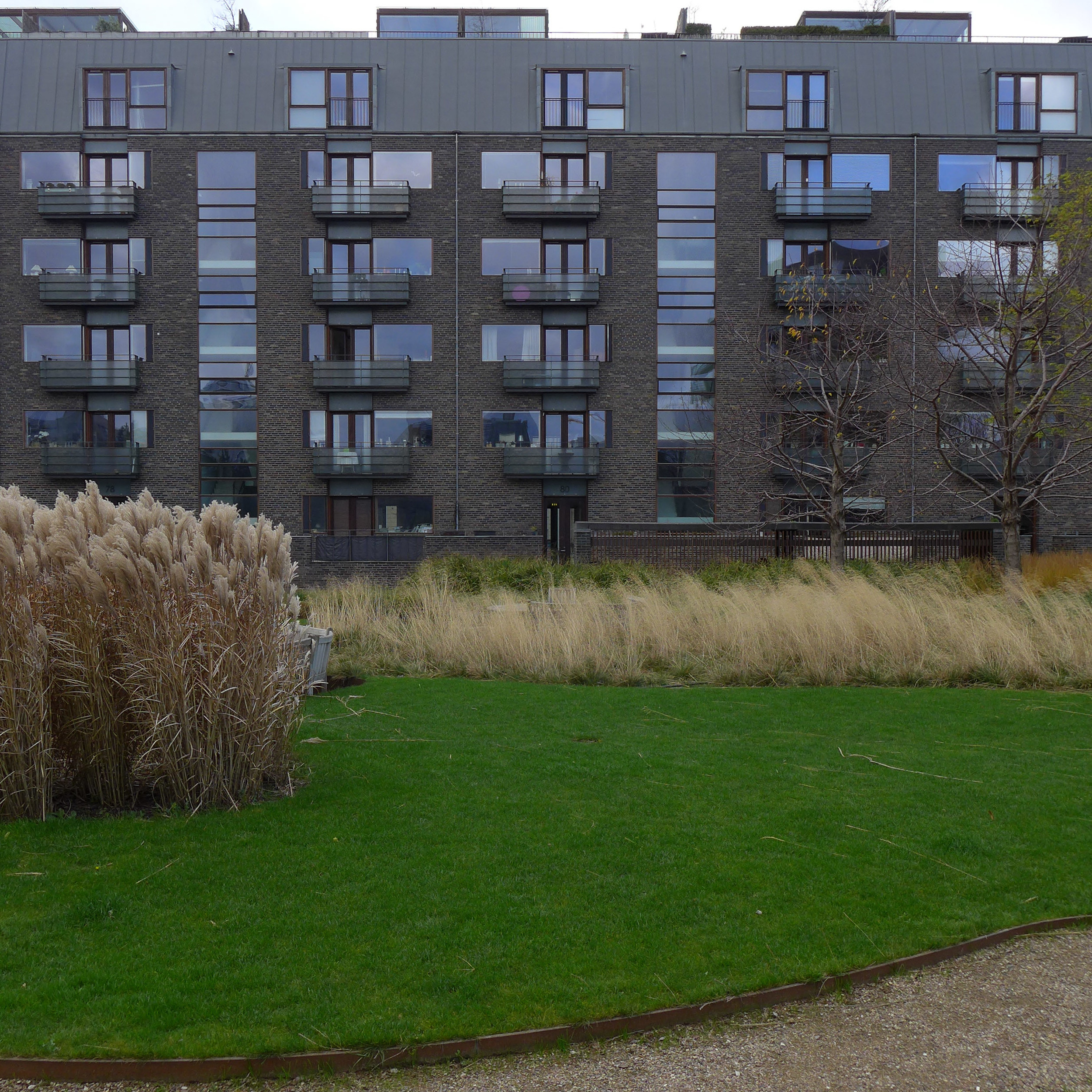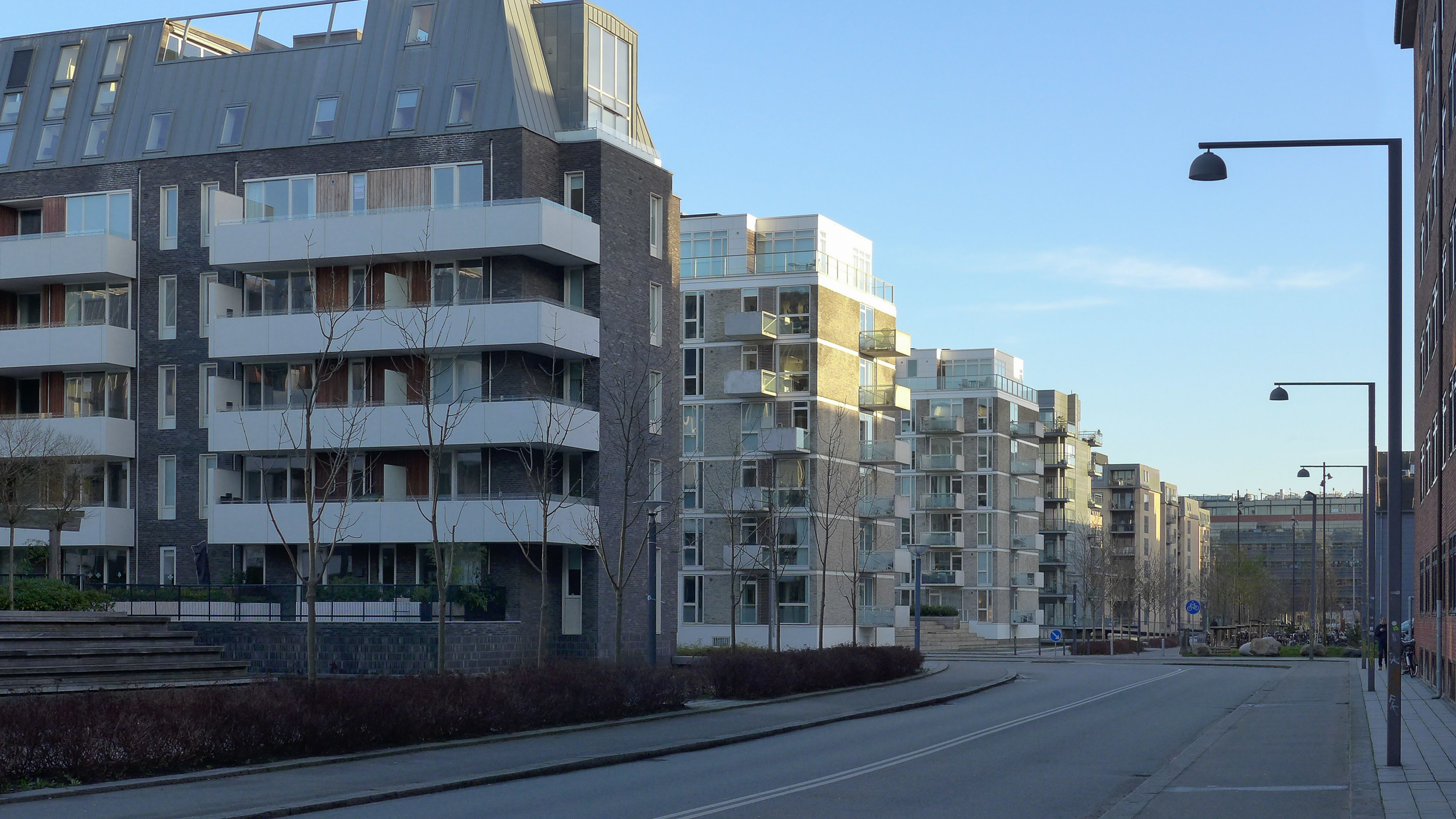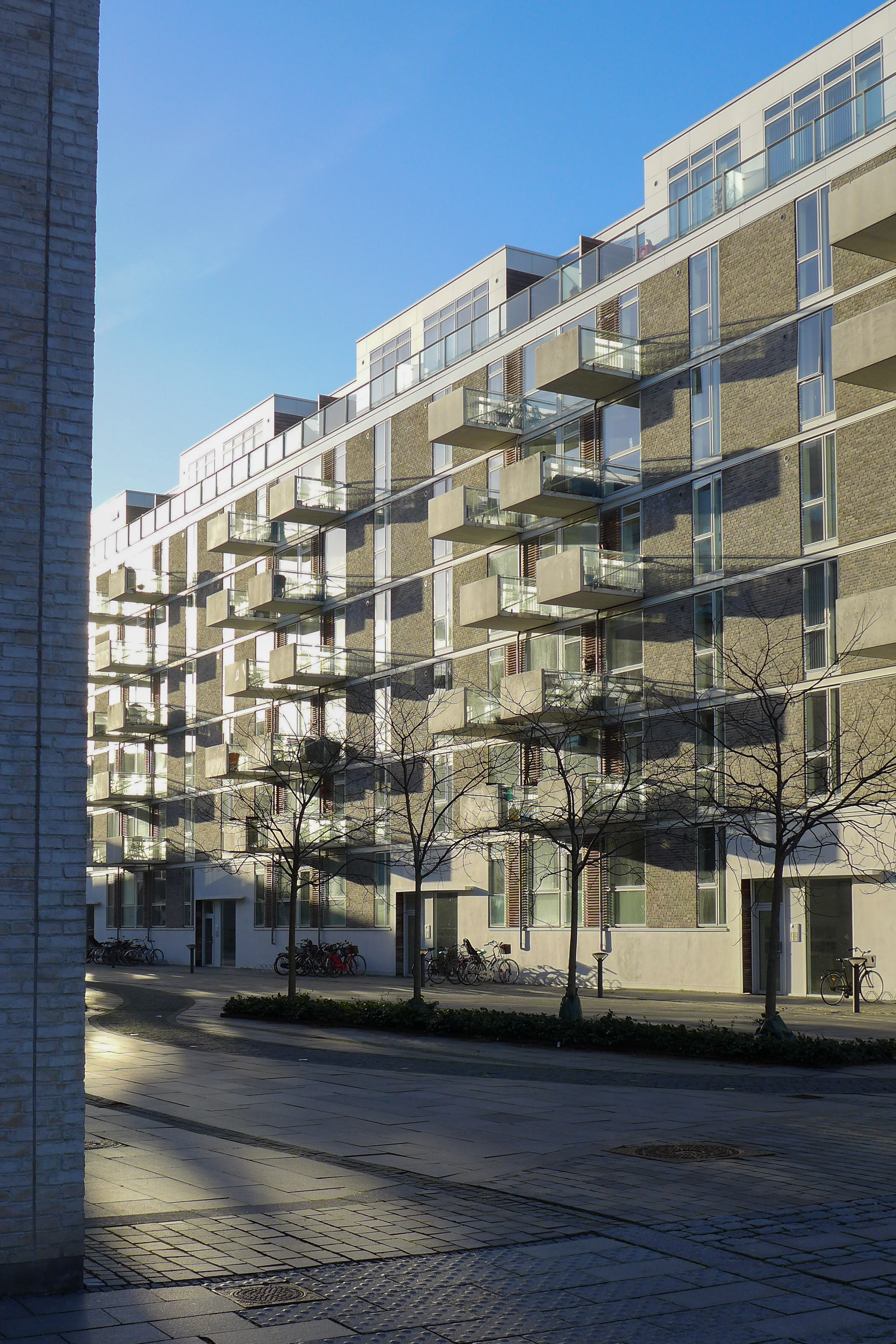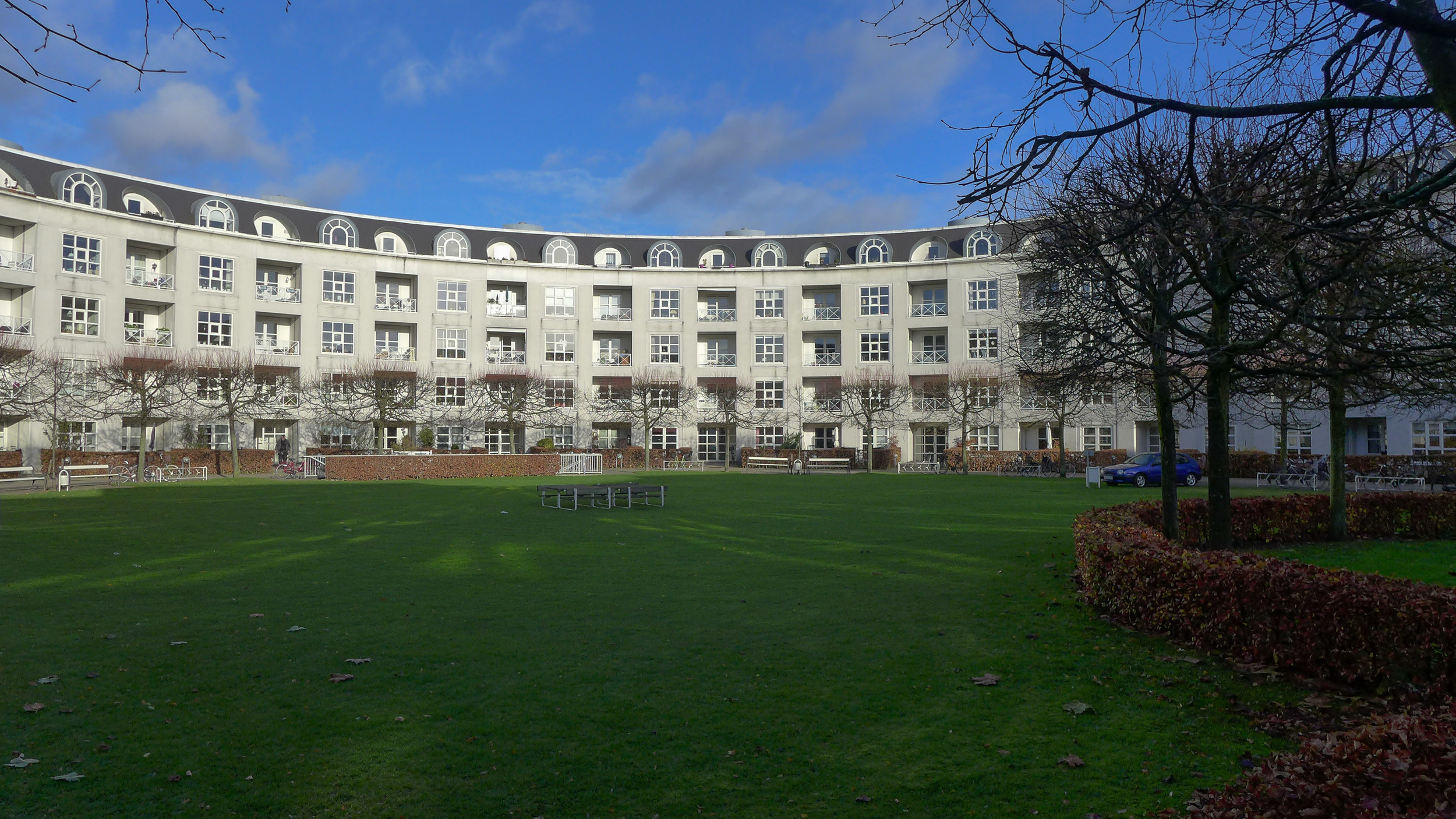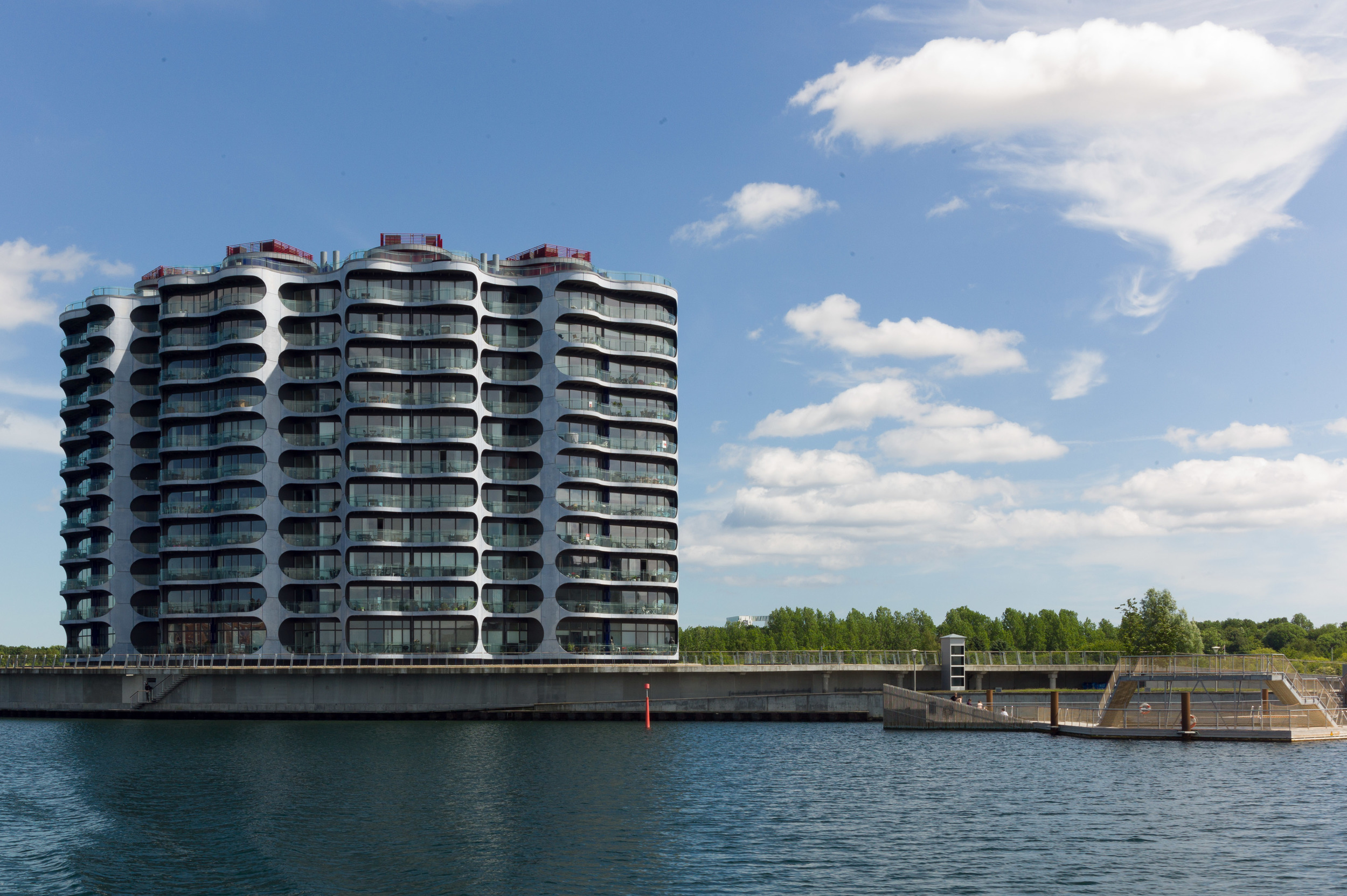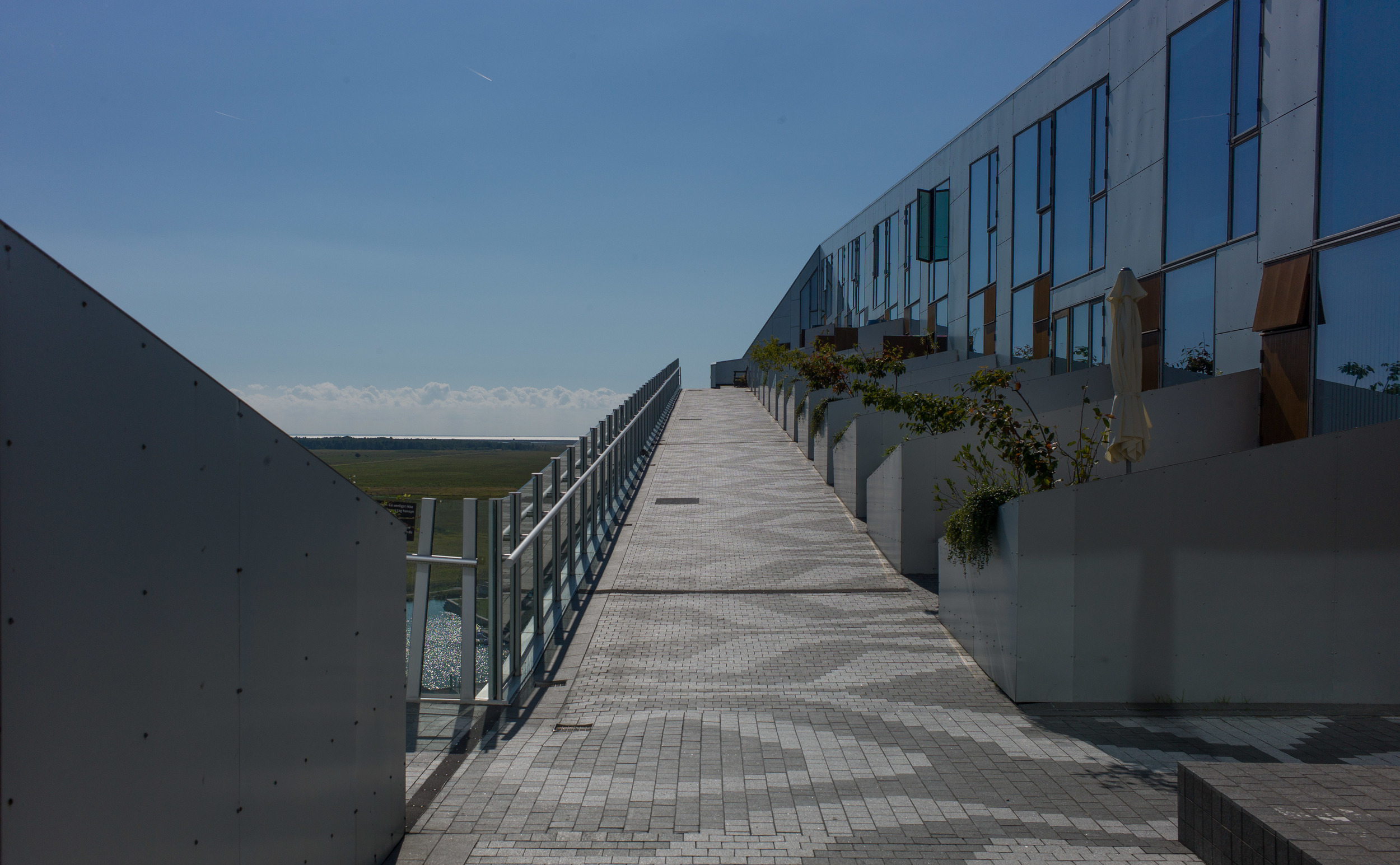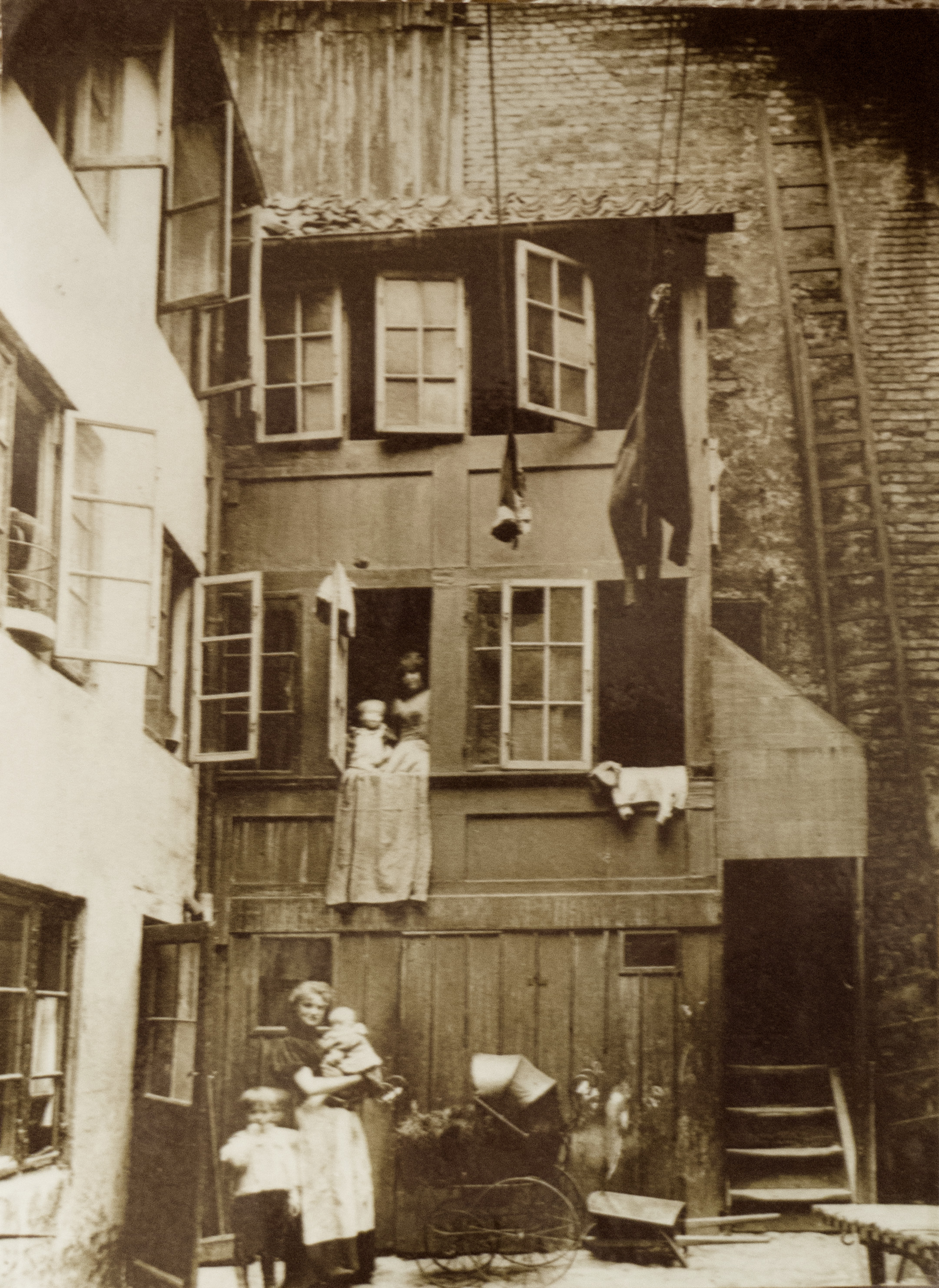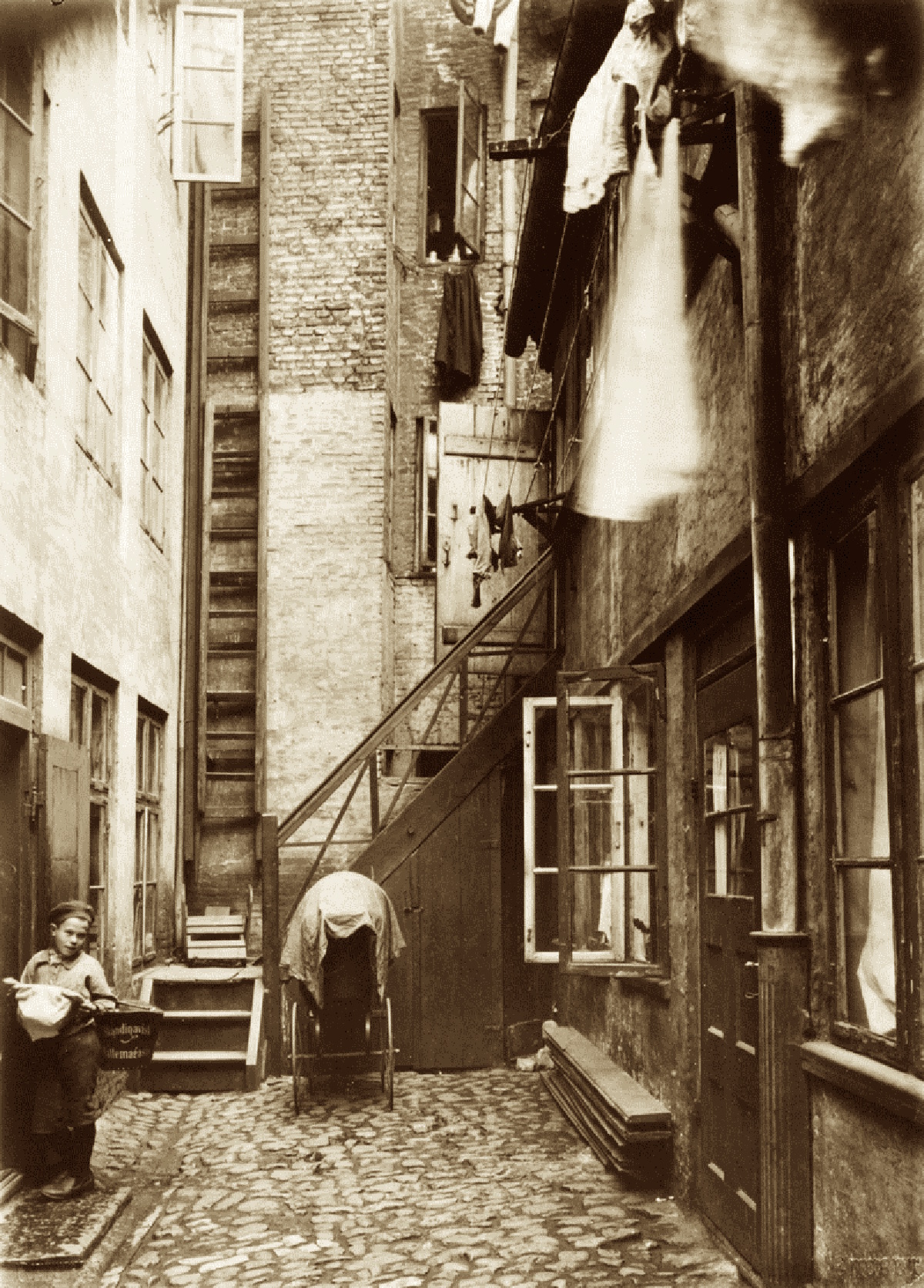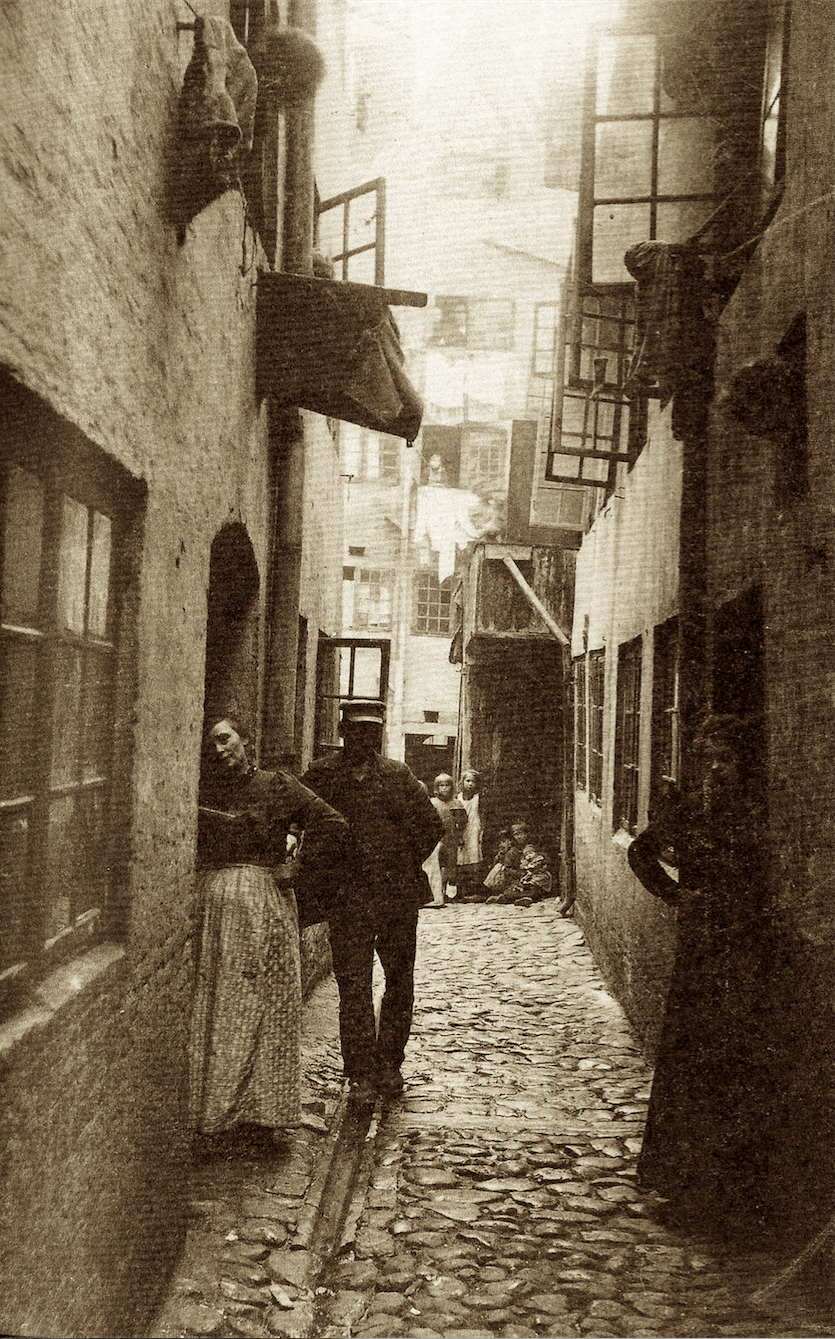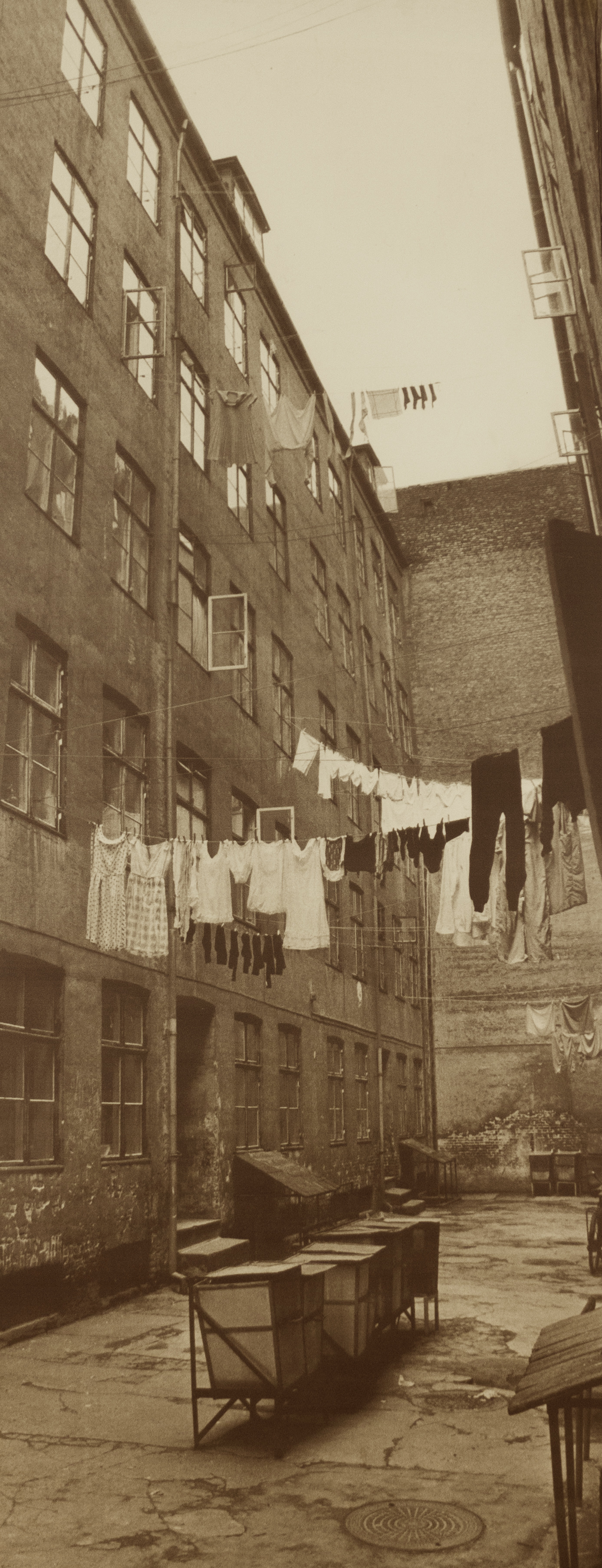There is no standard plan for an apartment in Copenhagen in terms of size or for the number and arrangement of rooms which depended on the size of the plot - both the width of the street frontage and the depth of the building space. For simple practical reasons, for natural lighting and for the depth of rooms that was sensible to build, ranges were rarely more than two rooms deep but a deeper plot might mean that it was possible to build lines of rooms running back from the street in a narrower range. And of course the size of the apartment, the number of rooms, the size of each room and the height of ceilings all depended on the apparent wealth of a street or area and the potential status of future occupants. There were some single room apartments but in some parts of the city apartments might have ten or twelve rooms with separate accommodation for servants.
However, there was a fall back arrangement of rooms … a sort of basic plan that appeared early, worked well, and continues to be used as a practical unit.
This was a front living room, looking down on the street, with a central lobby or small hall and a narrow kitchen and a bedroom at the back of the range with windows looking towards the courtyard. If the main entrance into the building and main staircase was to the front then a second service stair could be placed in line to the back and reached directly from the kitchen. Some buildings were just a single apartment wide but actually it was much more efficient for space if the staircase and back stair could be in the centre with an apartment on each side with their plans mirrored. If both kitchens were to the centre then both could get to the second stair.
If the apartments were larger with a number of rooms down a range of the courtyard then the kitchen and the second or back stair could be further away from the ‘polite’ rooms.
If all this seems to be placing a huge amount of emphasis on the second staircase, it has to be remembered that the plan was repeated up through five floors and an attic; that many of the apartments could have large families living in them; many of the houses and certainly internal fittings were timber and this was a city where several catastrophic fires had destroyed large numbers of houses.
If you look at early plans of these buildings very few have fireplaces but if you look carefully there are diamond-shaped or square flues at the intersection of internal walls and these were flues to take the smoke from stoves. Again this could be a considerable fire risk as a narrow flue served rooms all the way down a building and wood, particularly pine, when burnt produces resin which builds up and blocks flues with a flammable, tar like deposit.
The very best apartments might have a series of rooms running across the street frontage but that was relatively rare.
The basic unit worked well and could be scaled up for a better apartment or scaled down in size in poorer areas and where there were wide plots being developed by a single builder then it was common to repeat a number of separate doorways and staircases along the street, each with apartments on either side. Internally there would be no connection although a courtyard and toilets and wash houses, if they were outside, could be shared.
This basic plan - front room, back kitchen and back bedroom - became the basic unit for social housing in the 1920s, 1930s and through to the 1960s and on.
The problem then as now is that that plan leaves little space for indoor bathrooms. Apartments in early social housing might have their own toilet often close to and ventilated into the back staircase but rarely room for a shower, let alone a bath when the buildings are upgraded.
Plans for apartments have become more varied and of course follow trends so kitchens may be within a large open living area or bathrooms en suite might be the latest must have. The overall shape of the VM building in Ørestad was a way of giving apartments both light and views out from a relatively tight plot but I am curious that for 225 housing units there are more than 80 different plans which seems to me to be treating the design as an intellectual exercise be it a very clever one.
One interesting aspect of planning in 19th-century apartment buildings was a greater social mix than might be found in a modern development or in social housing. In many of the early apartments there were clearly better apartments on the first and second floor but less prestigious apartments higher up in the building or across the courtyard.



